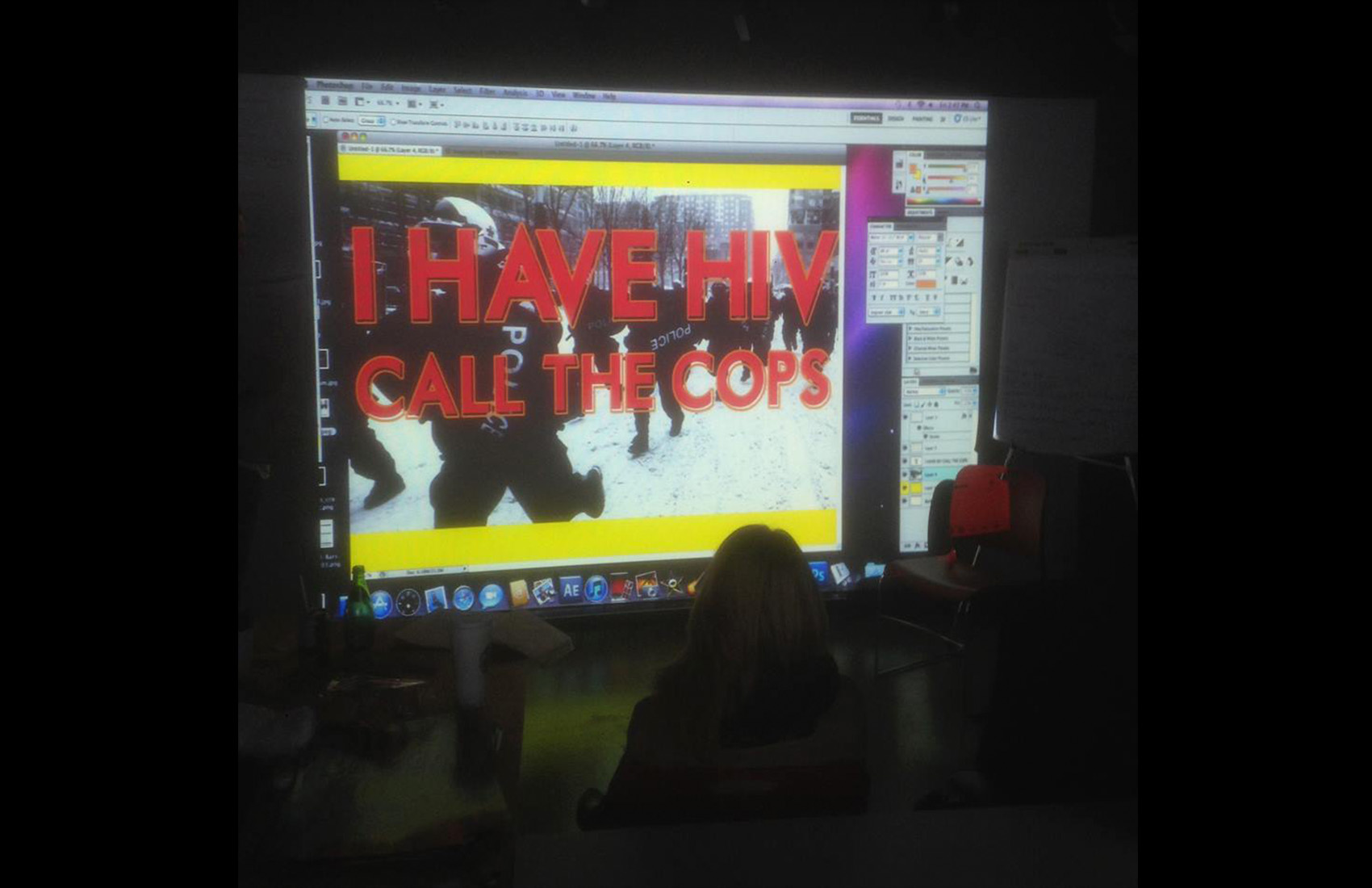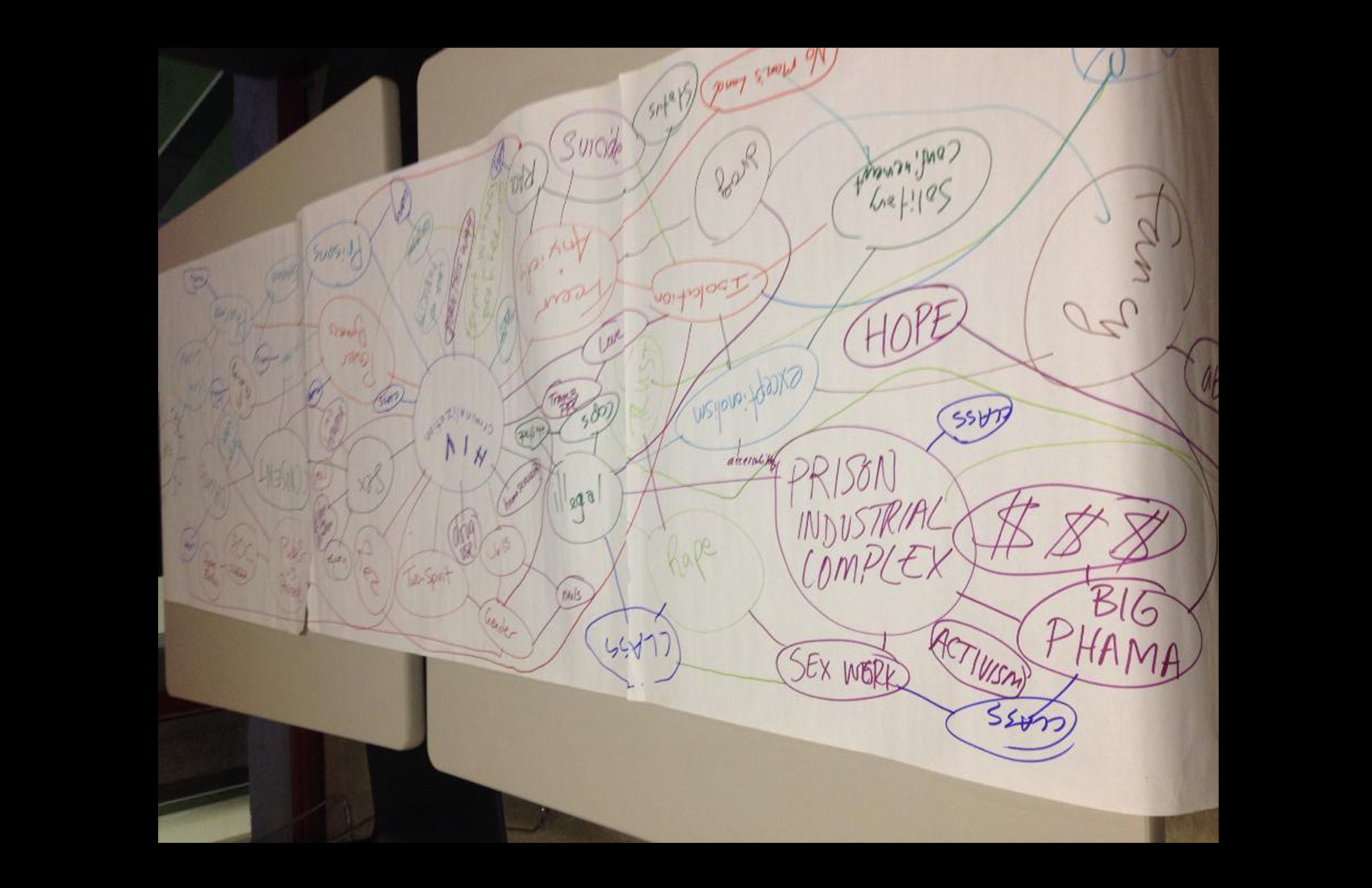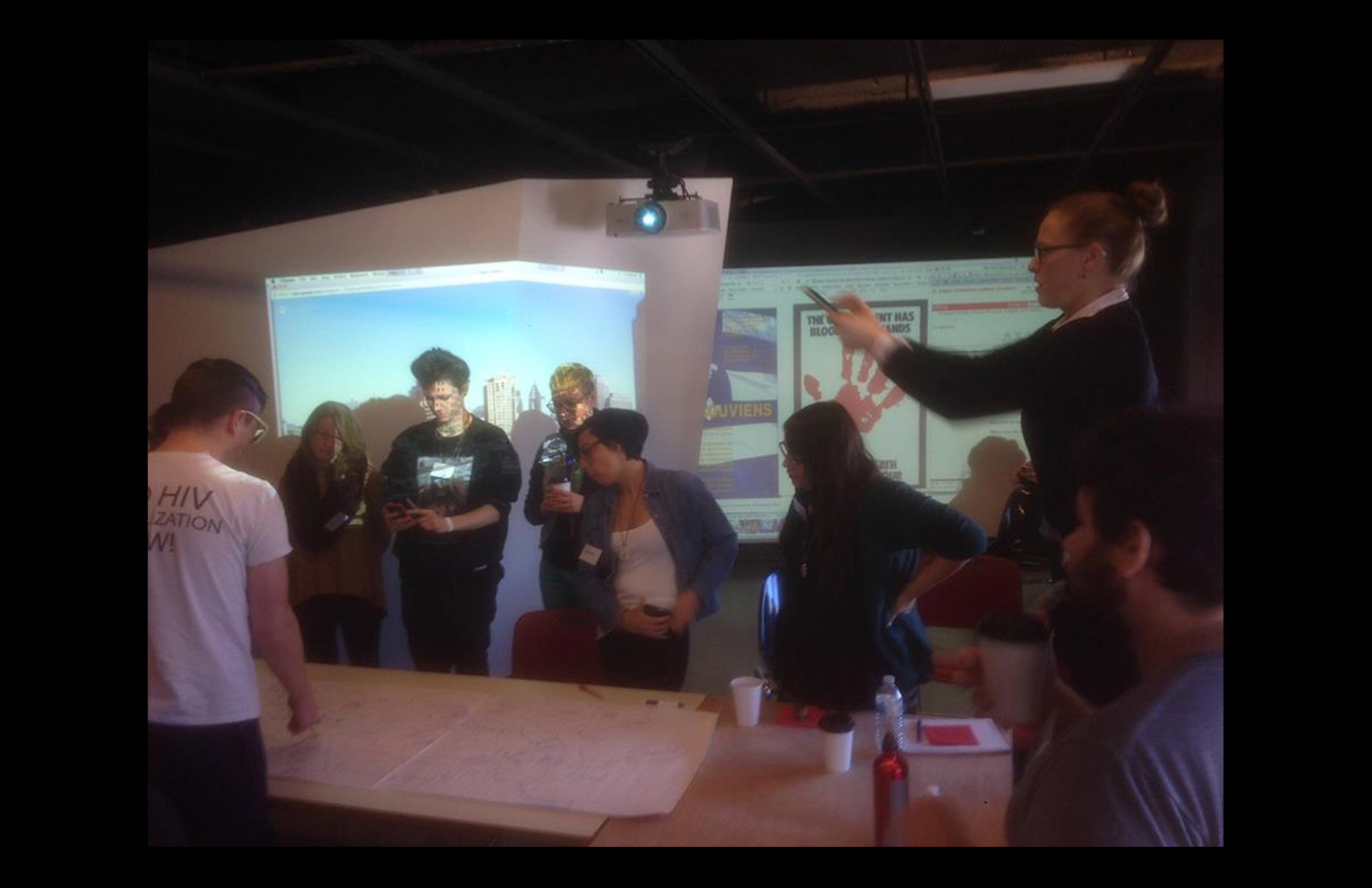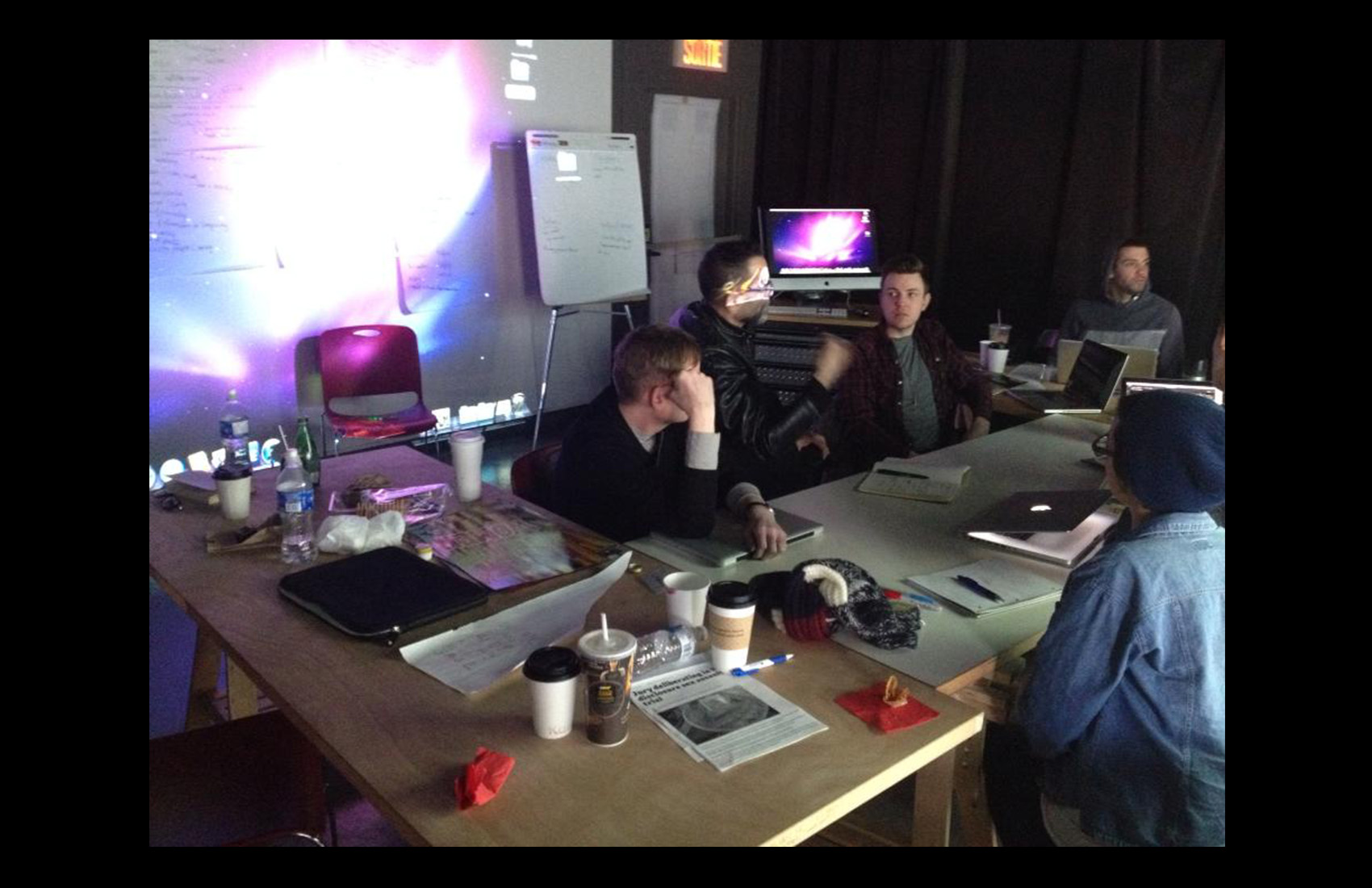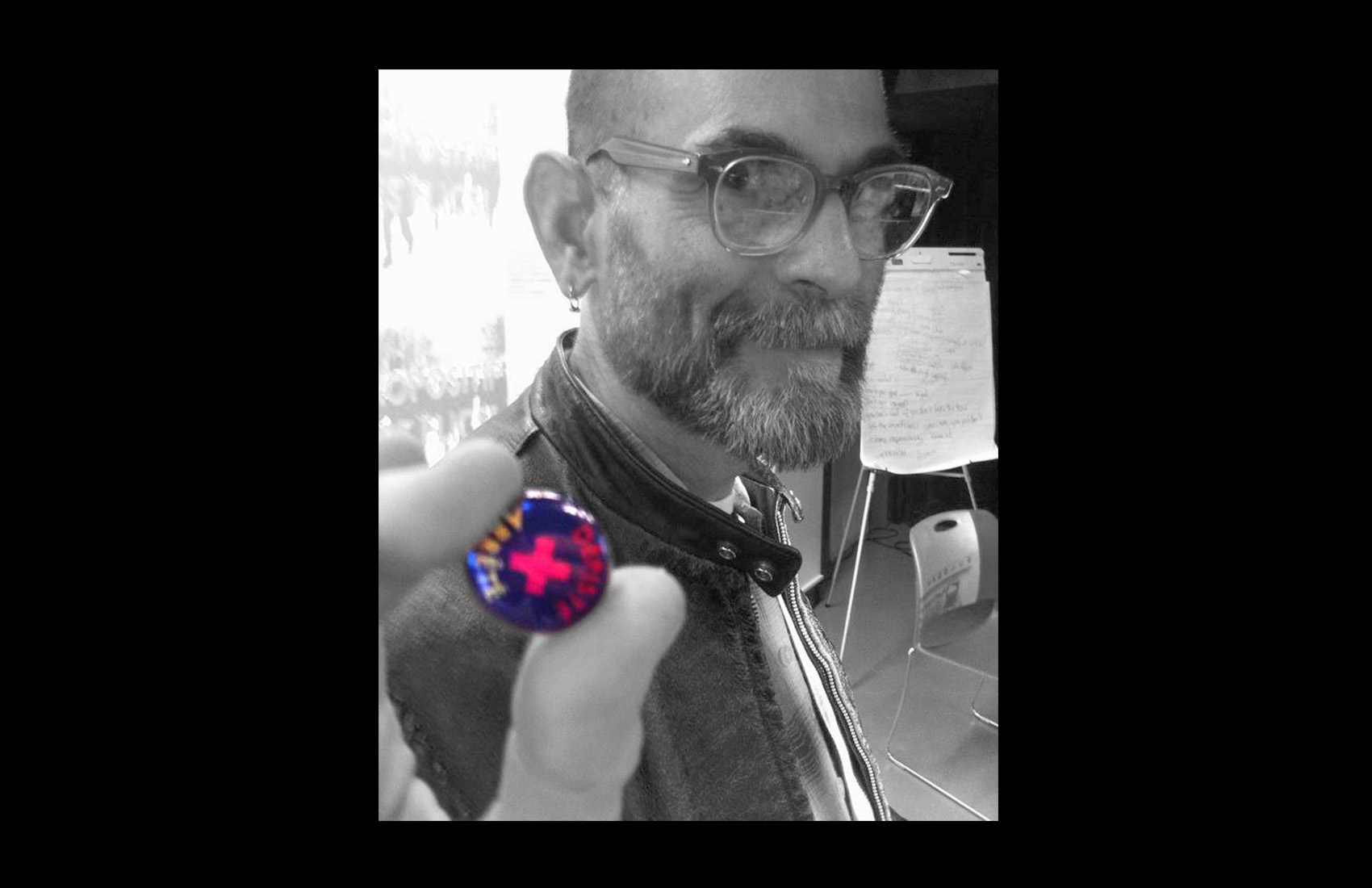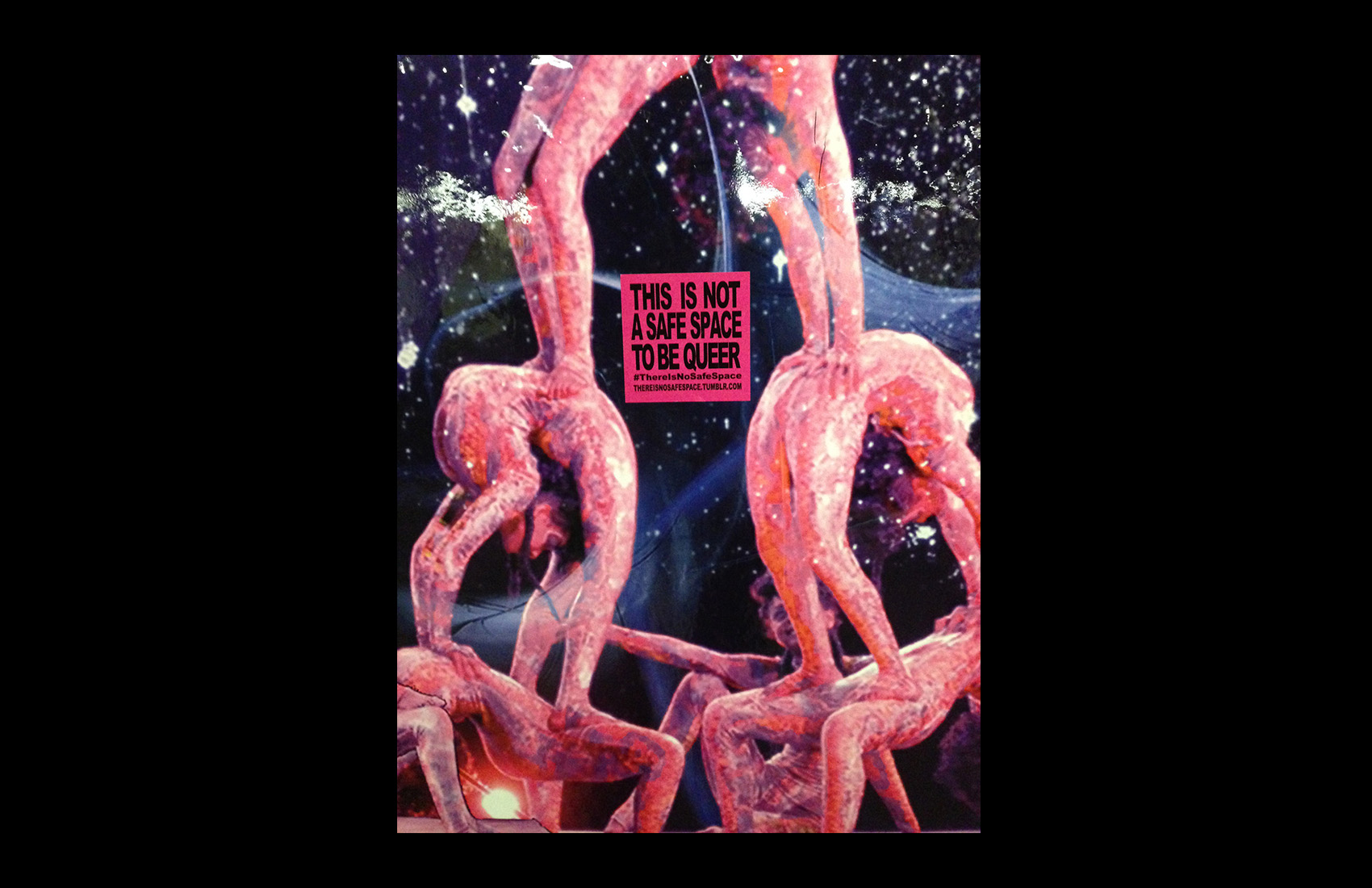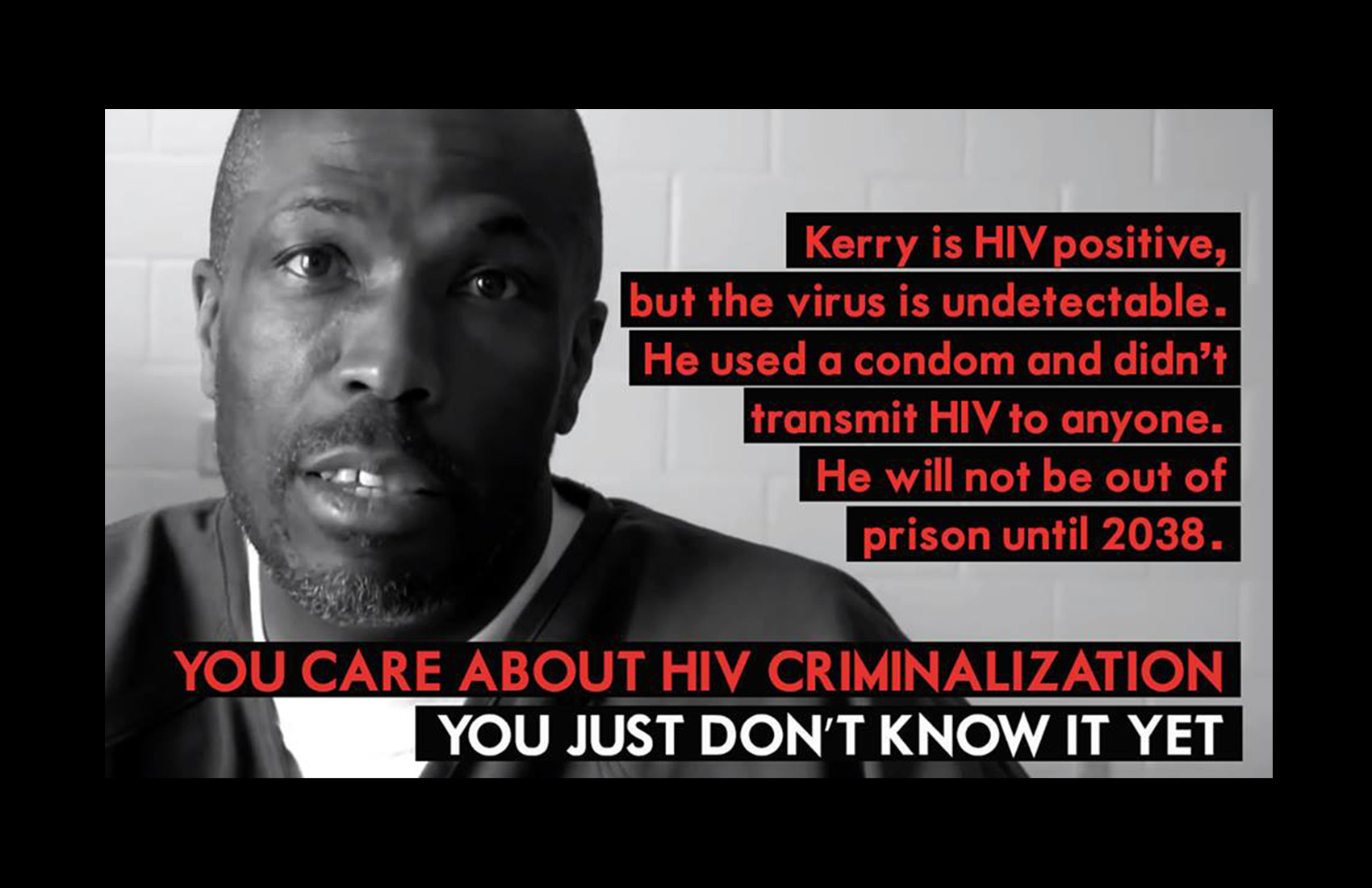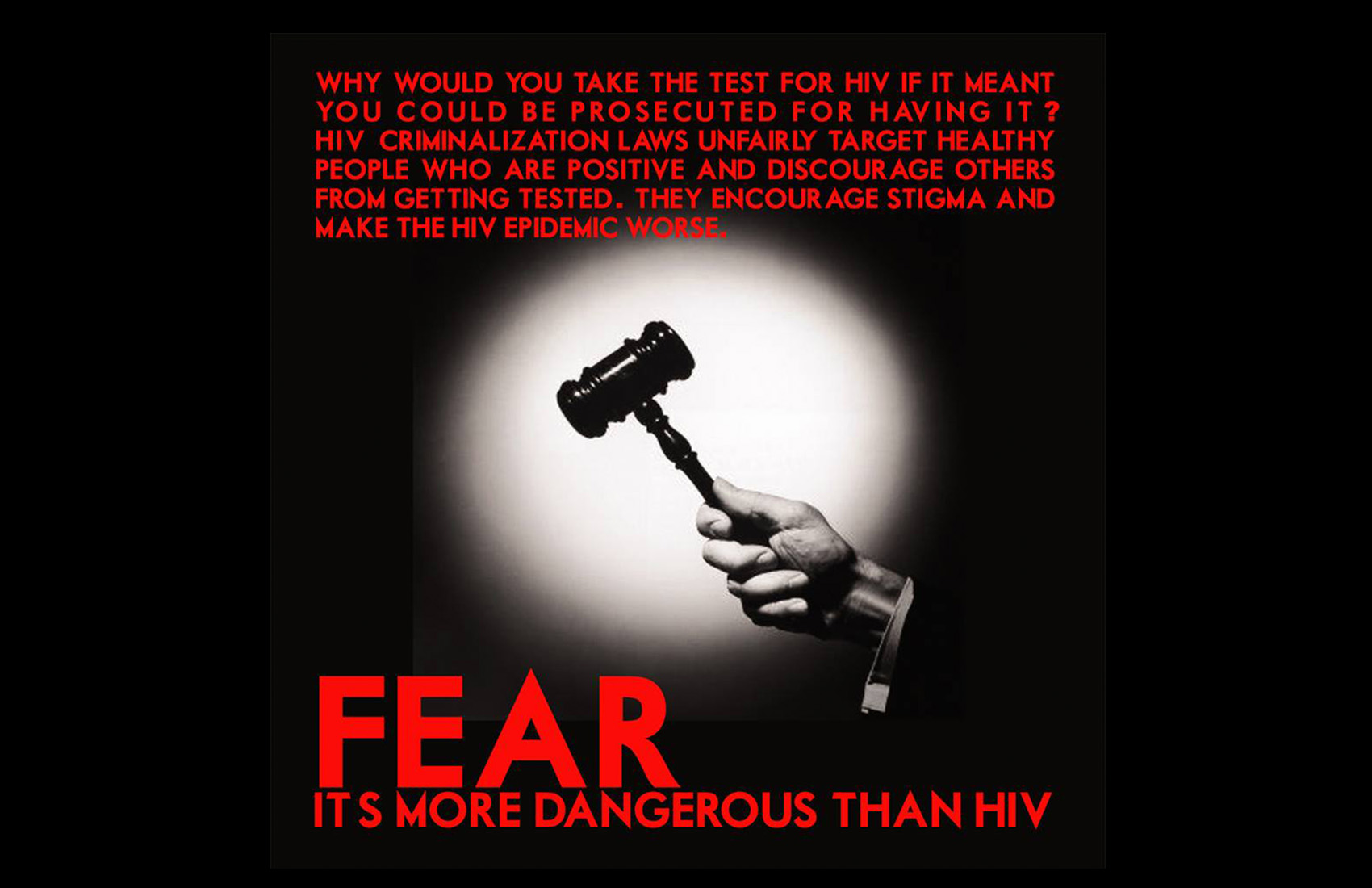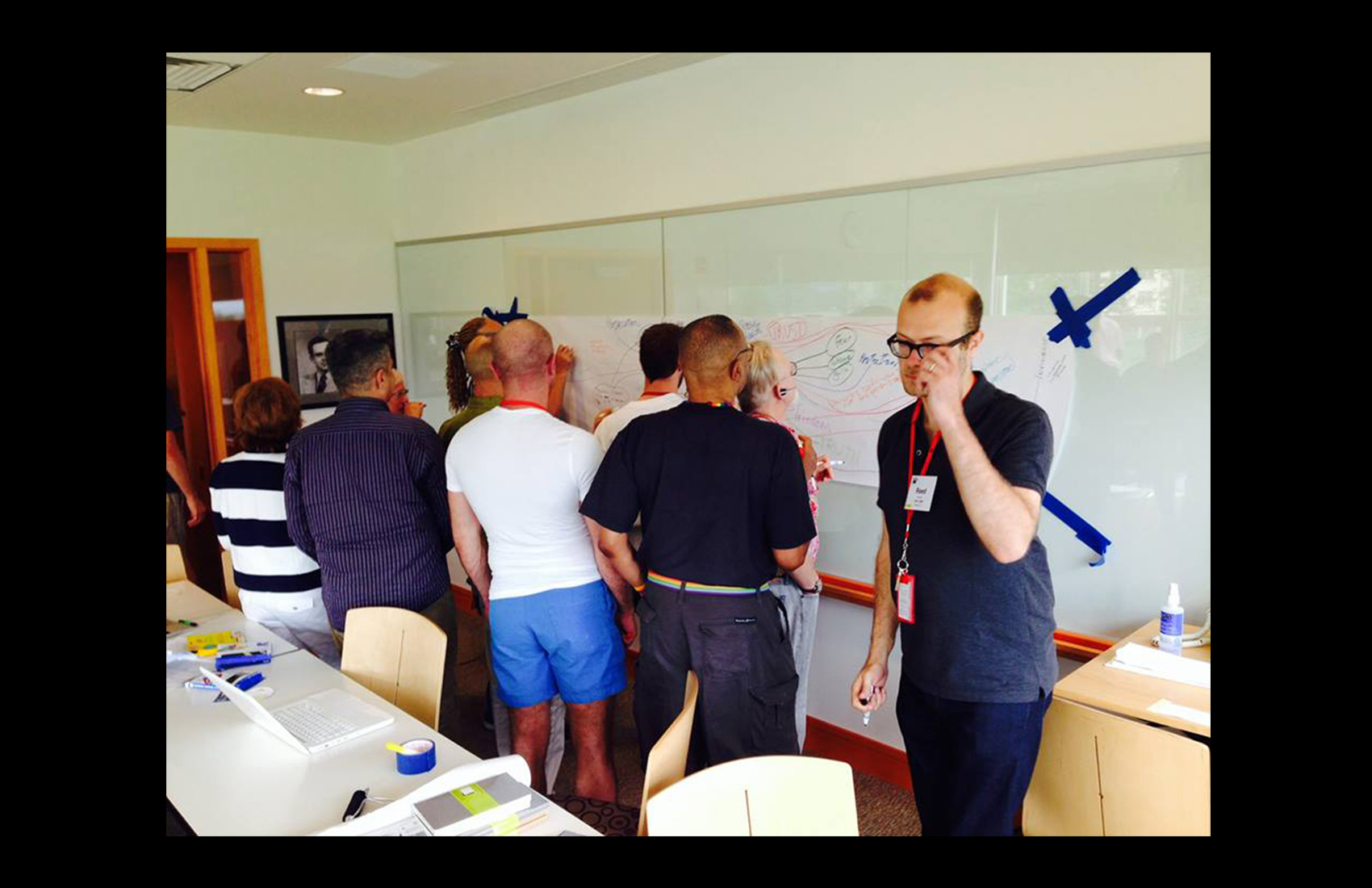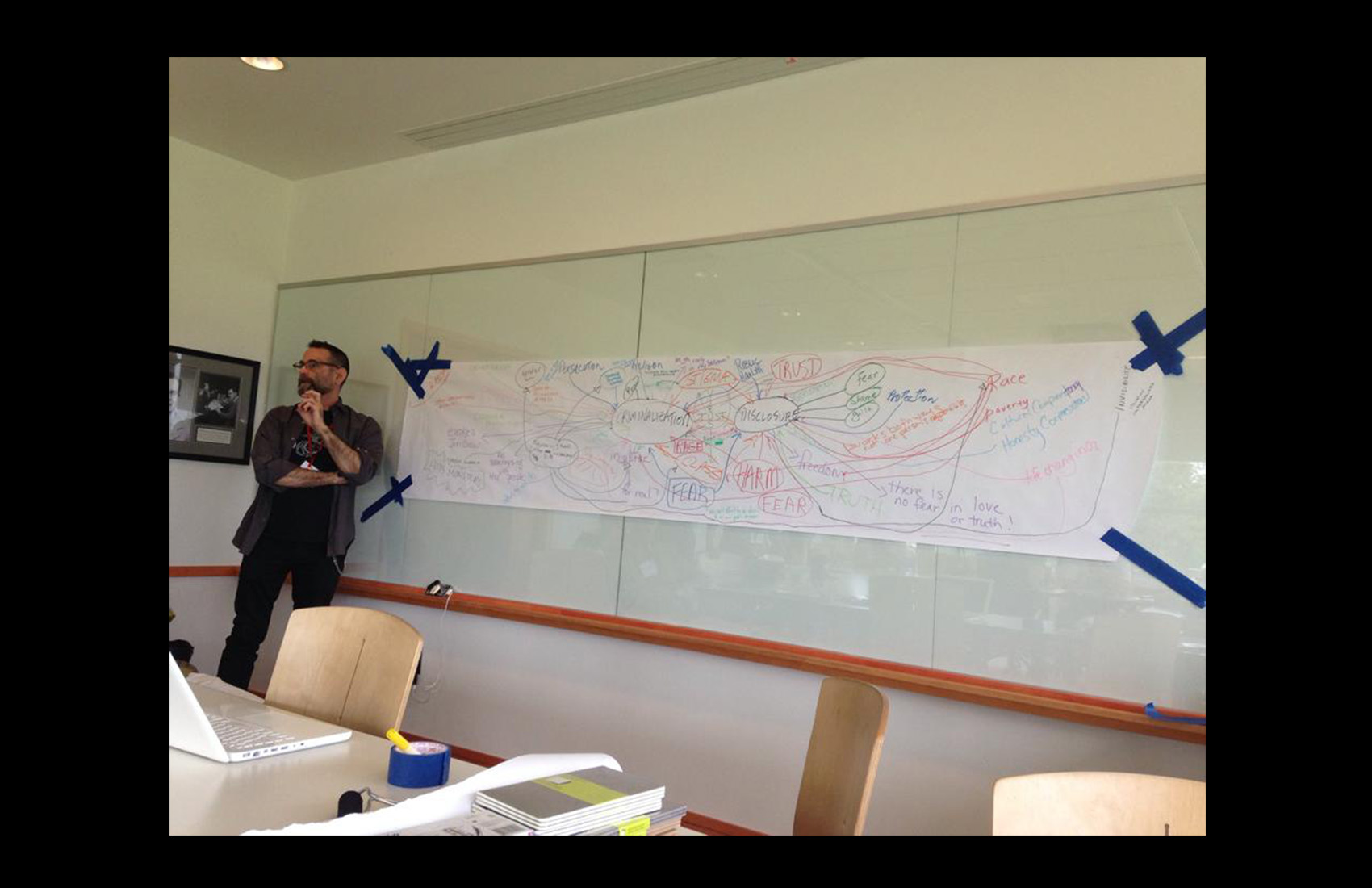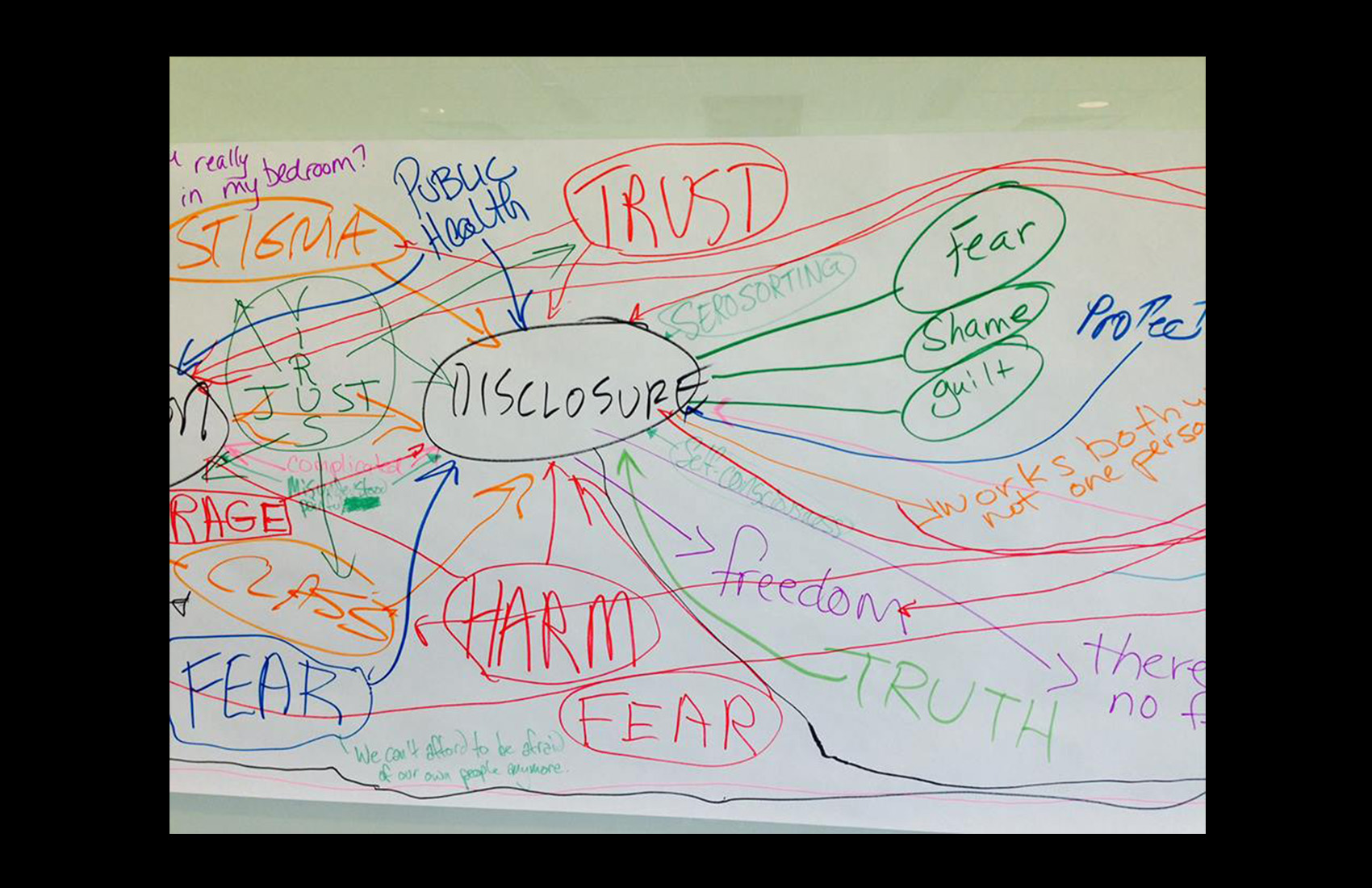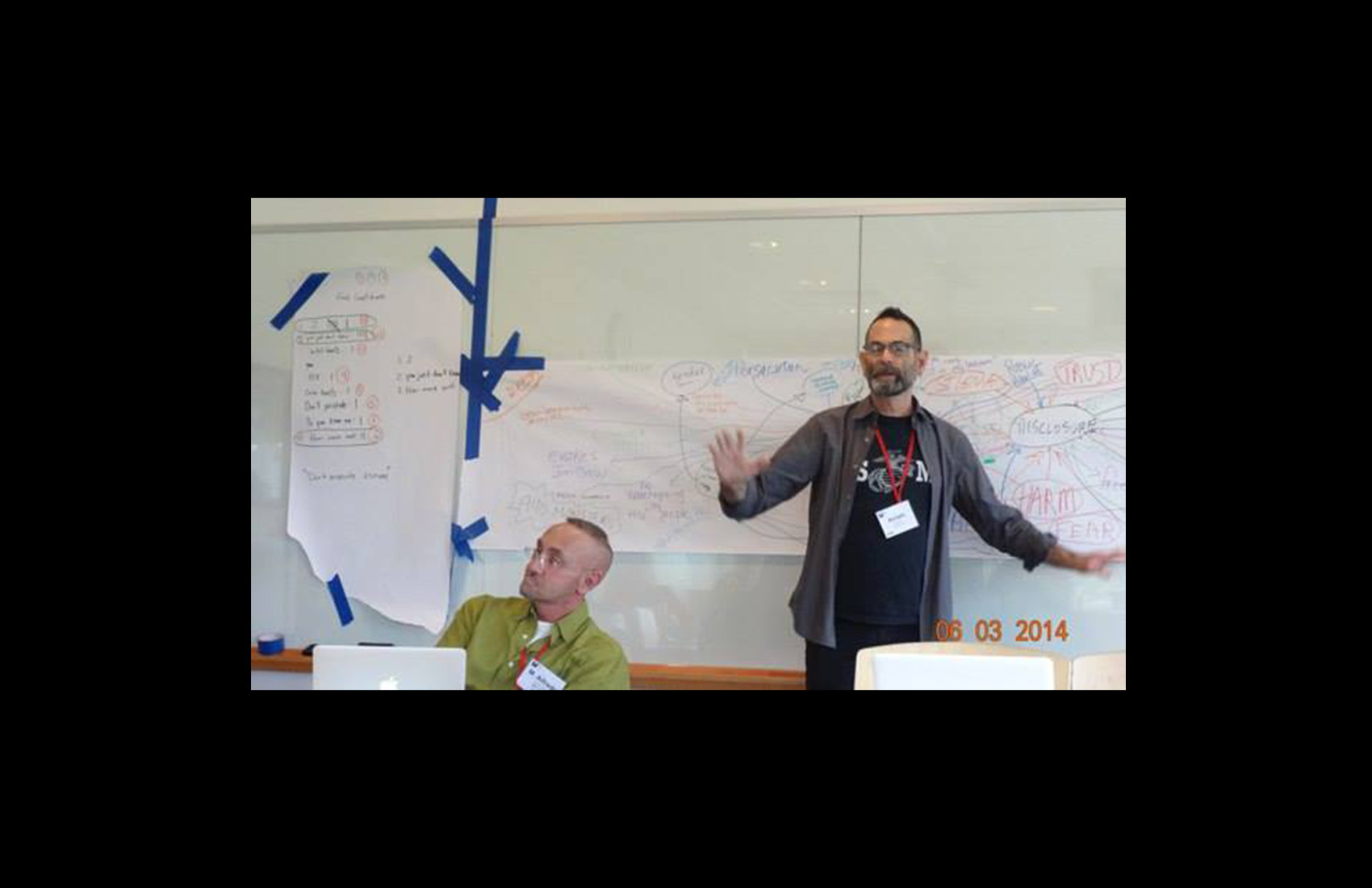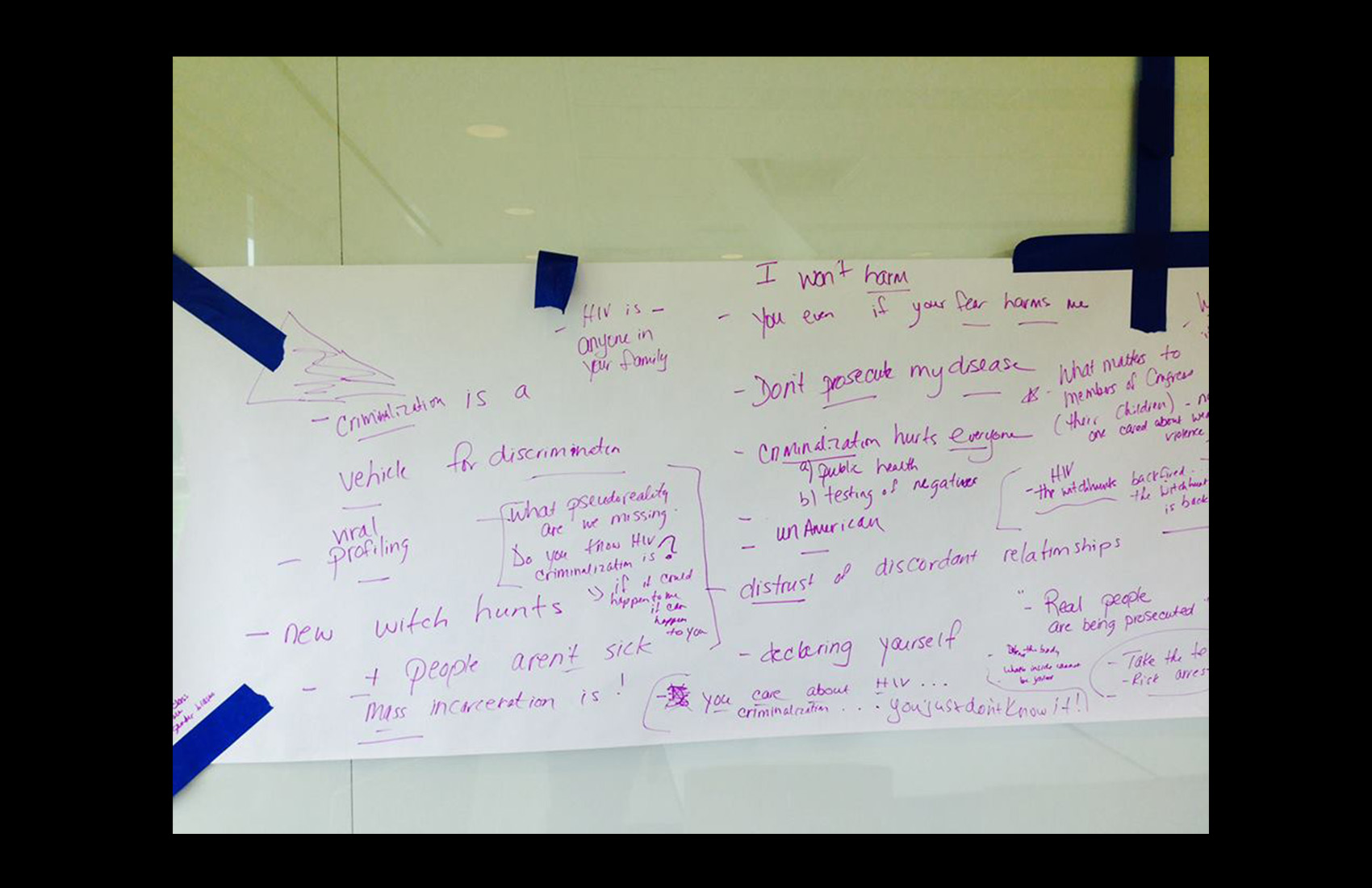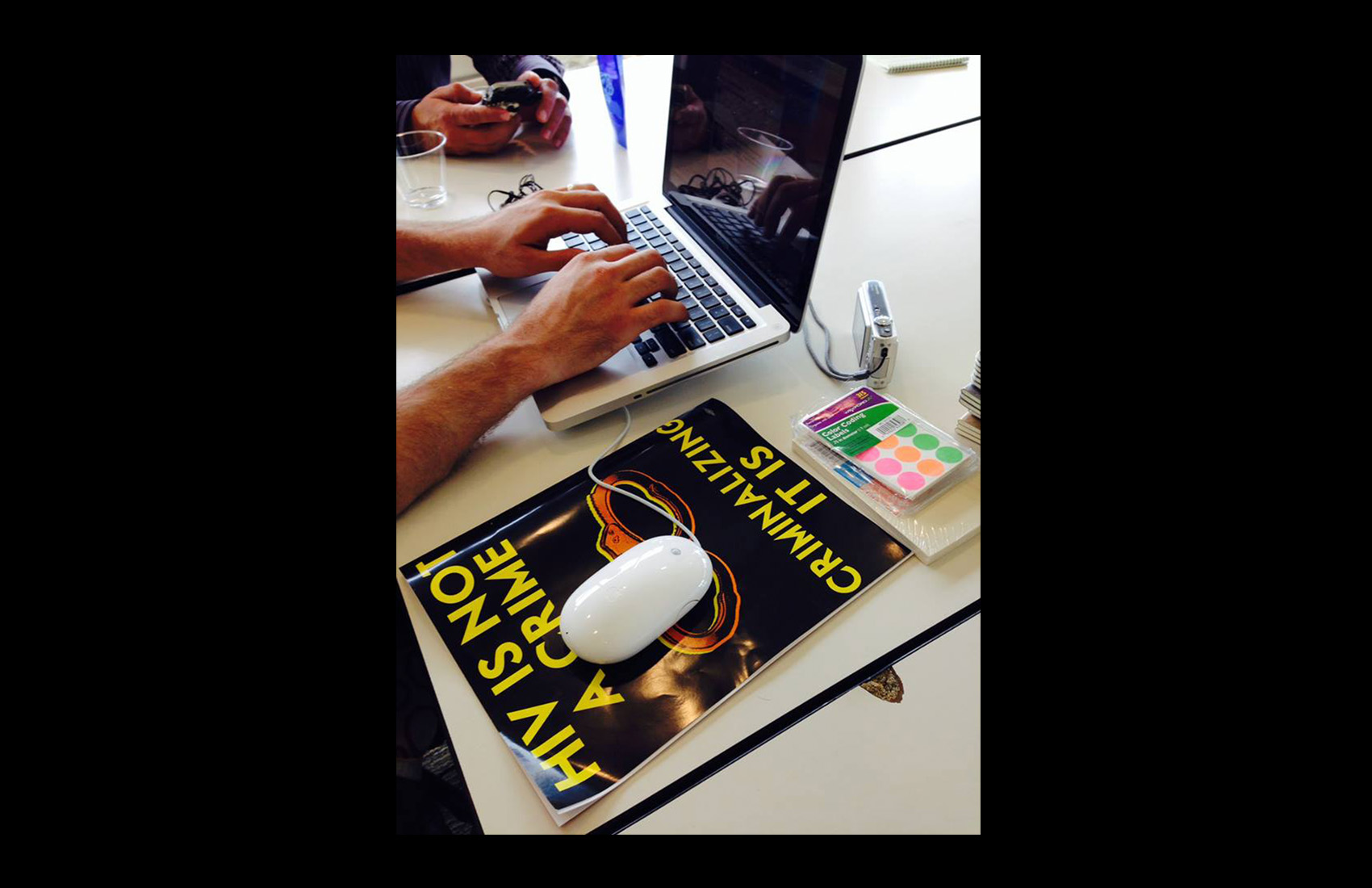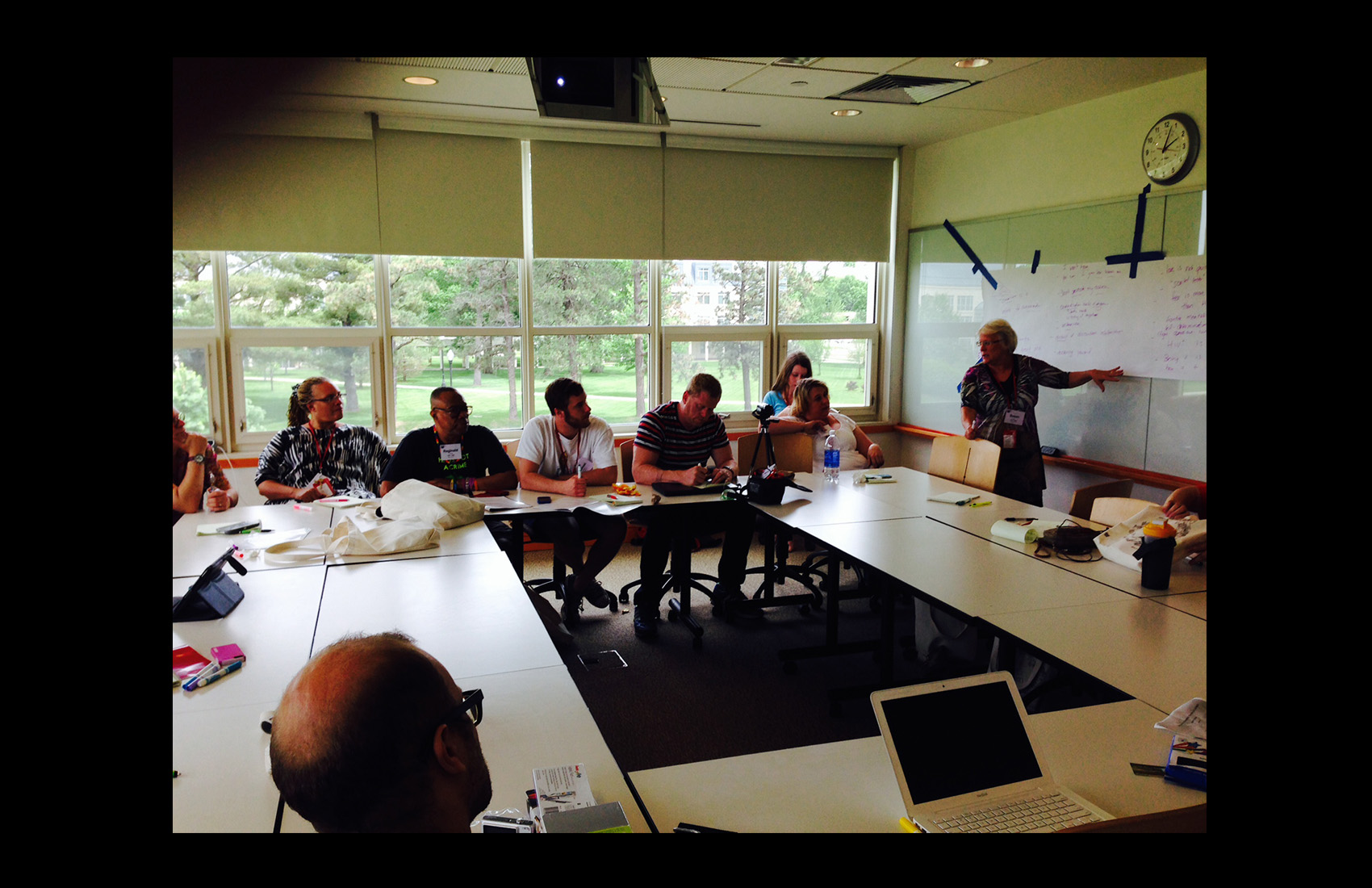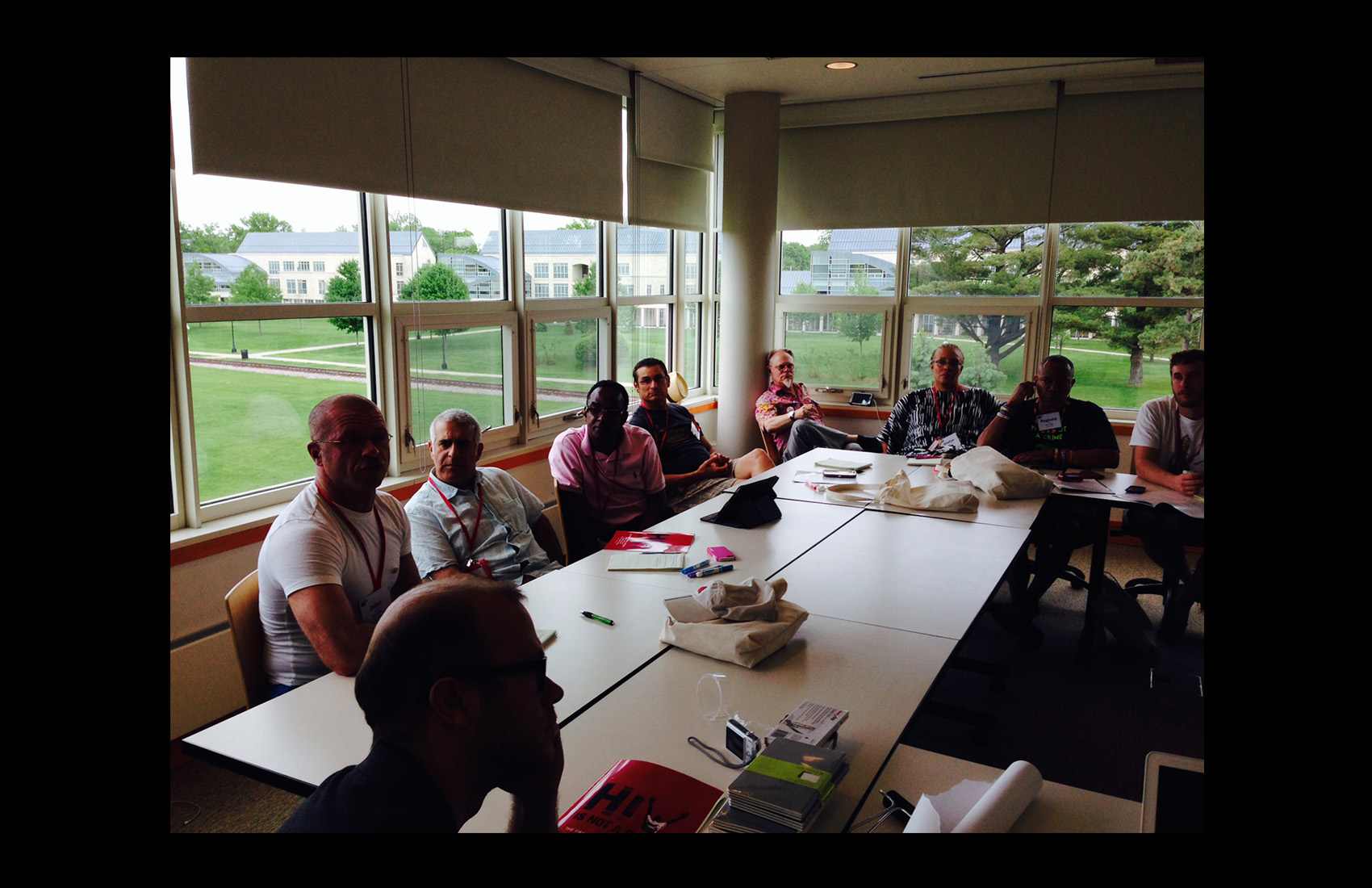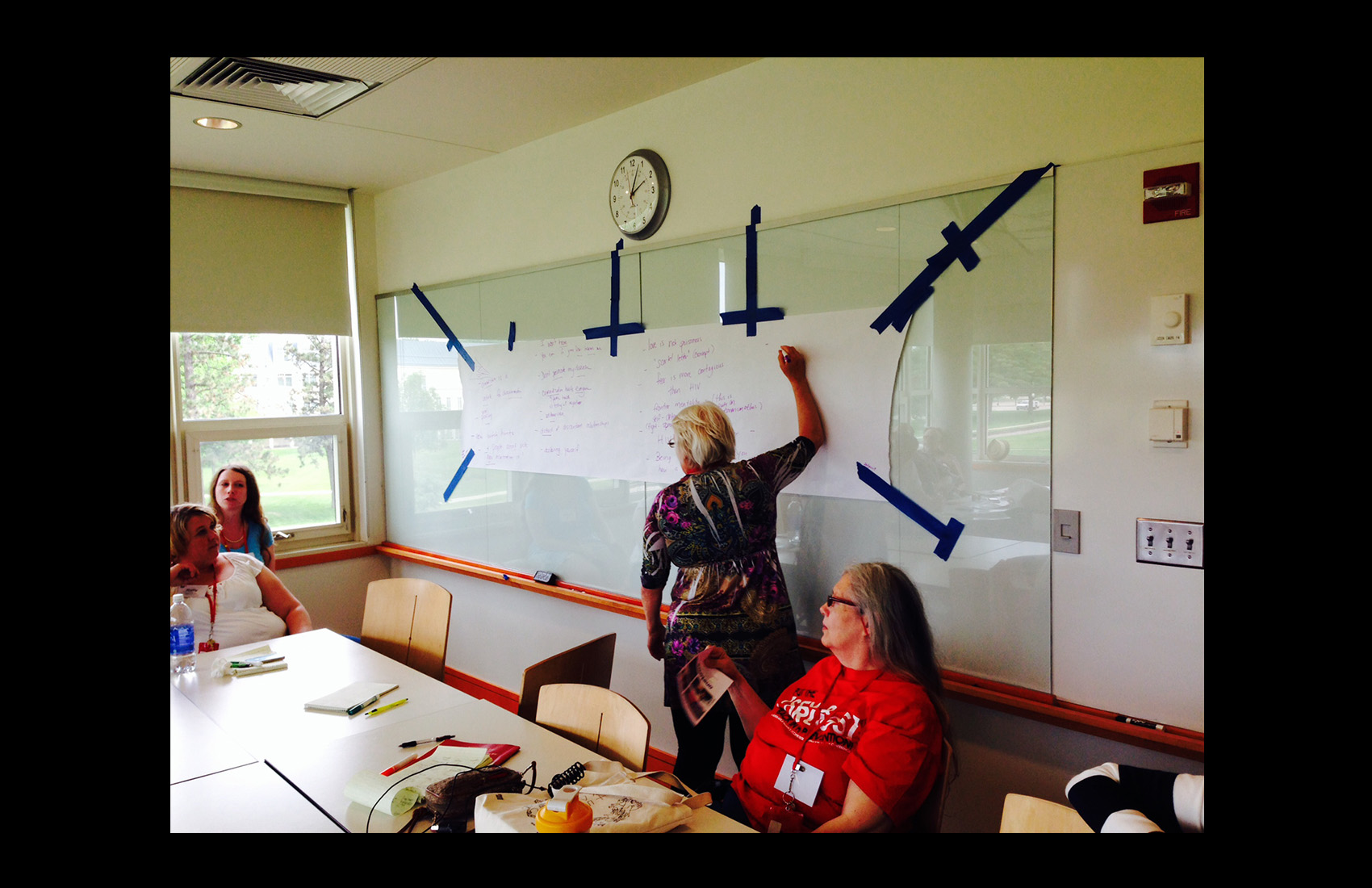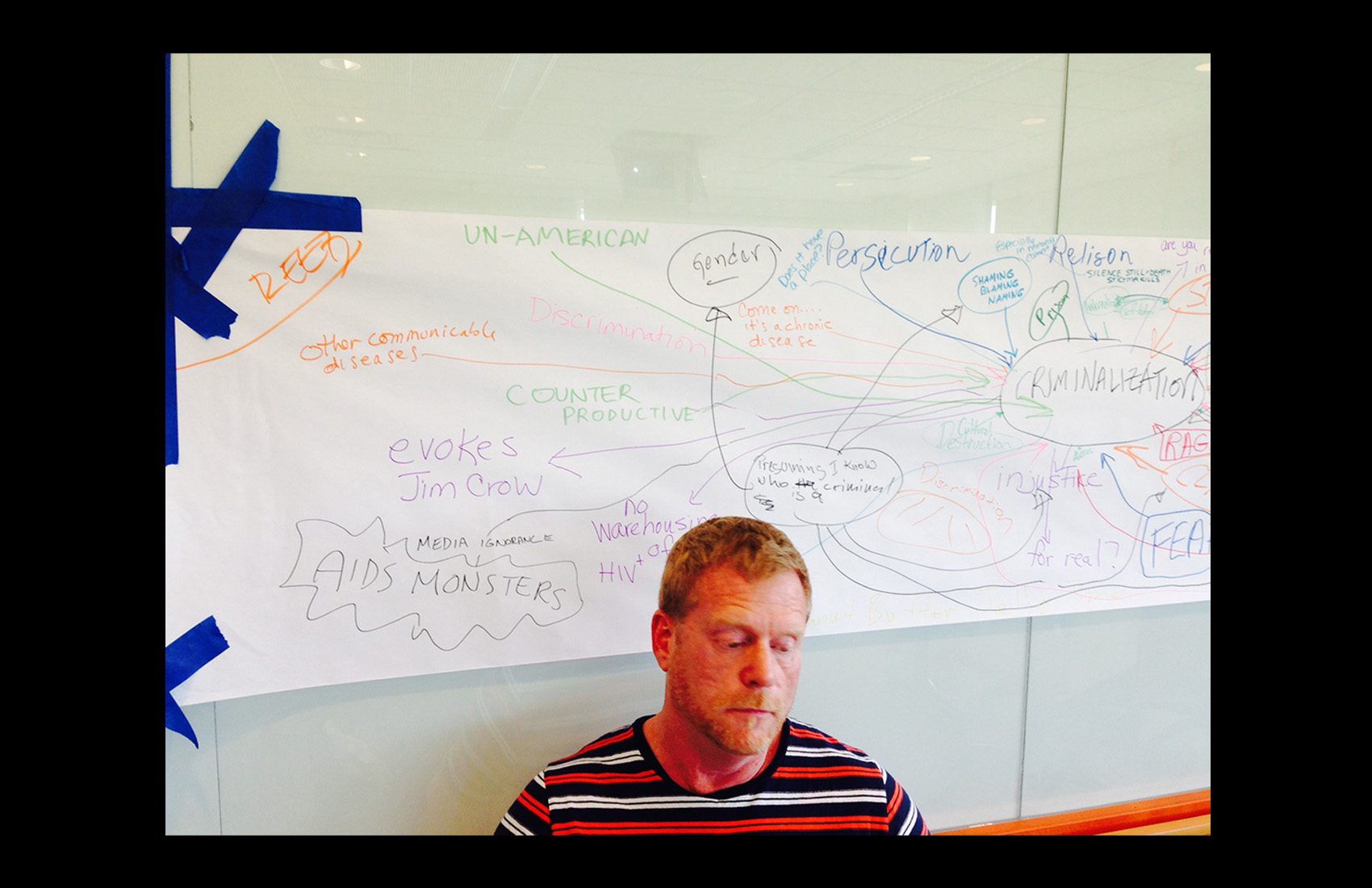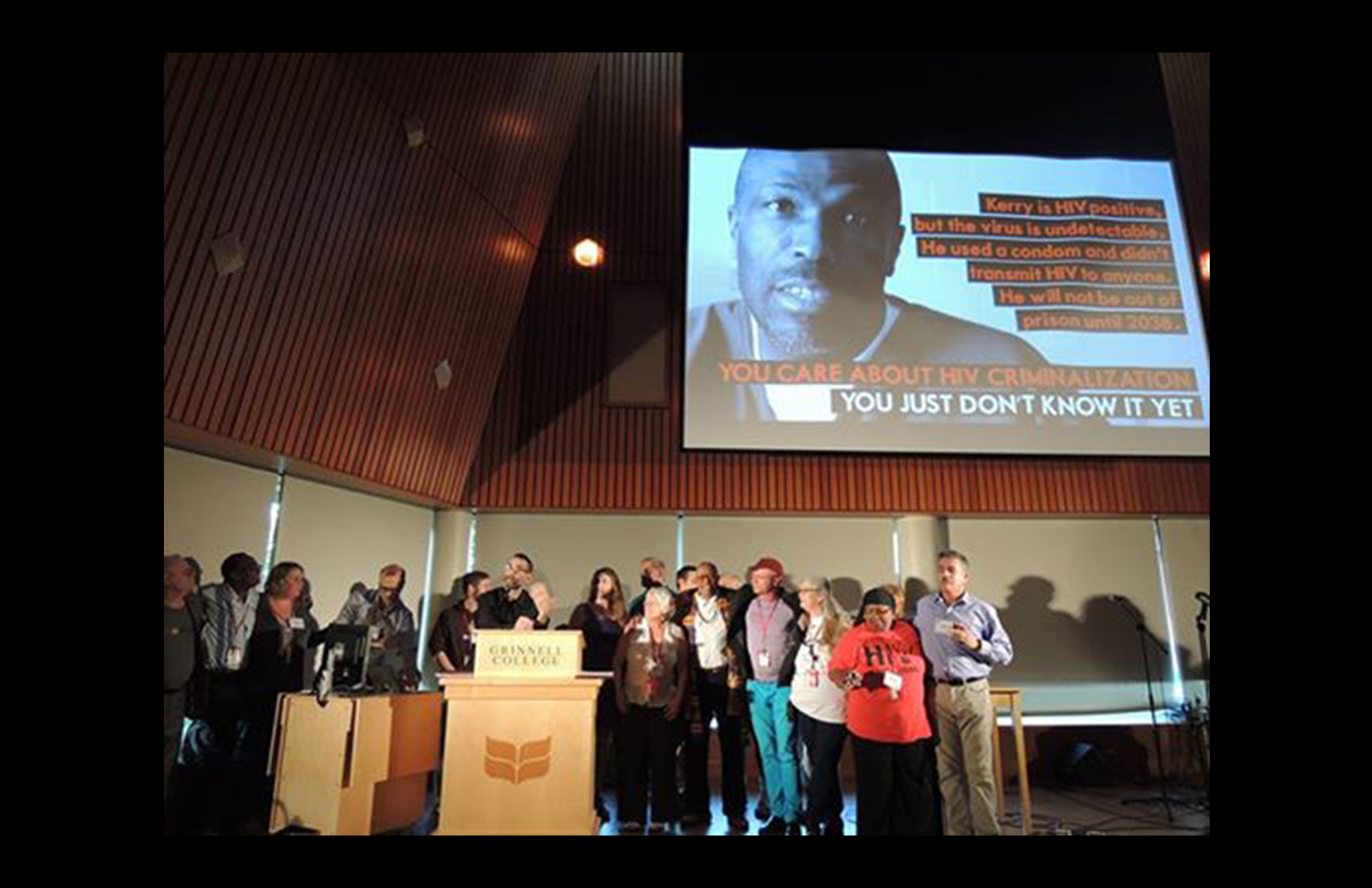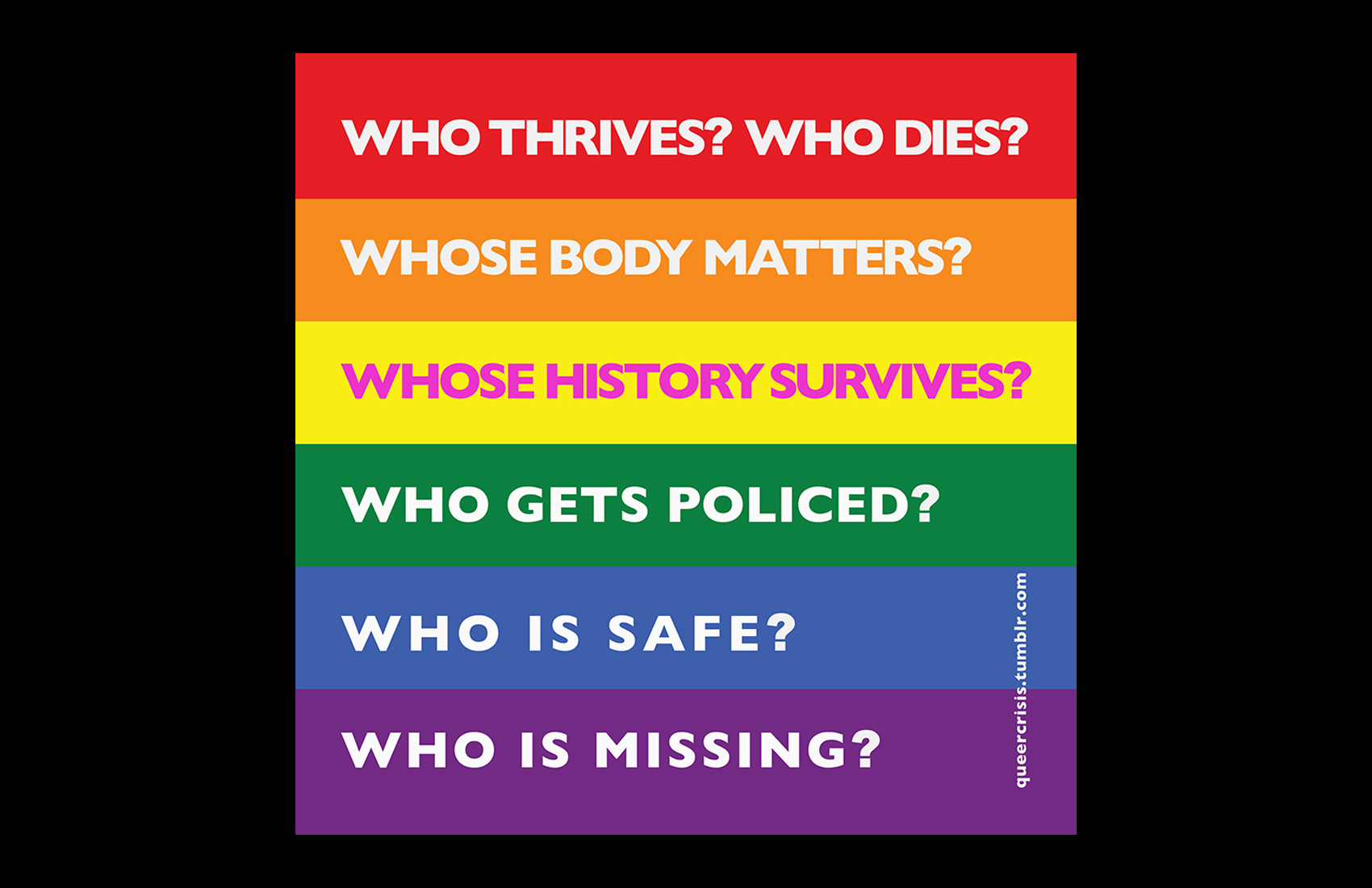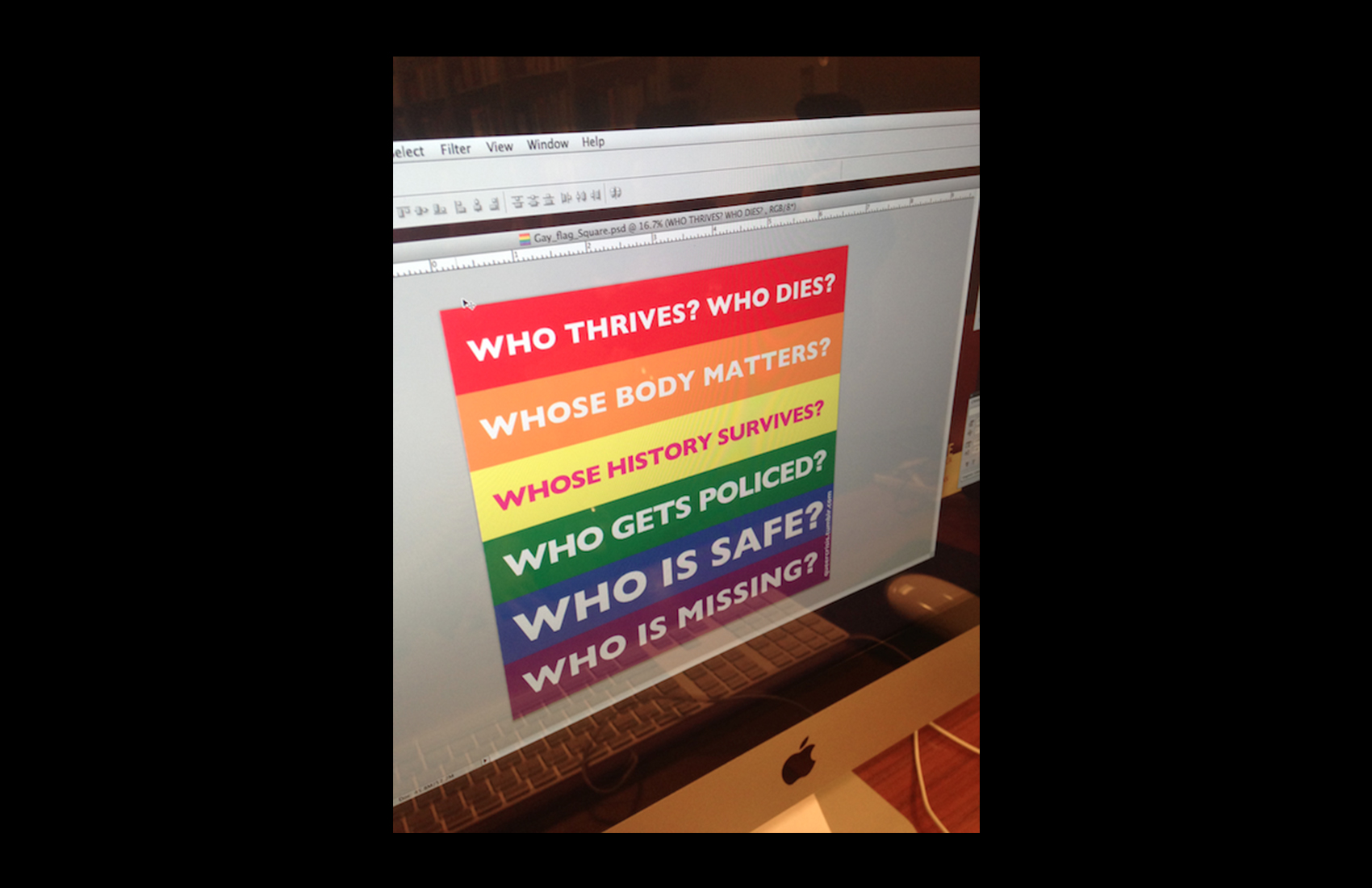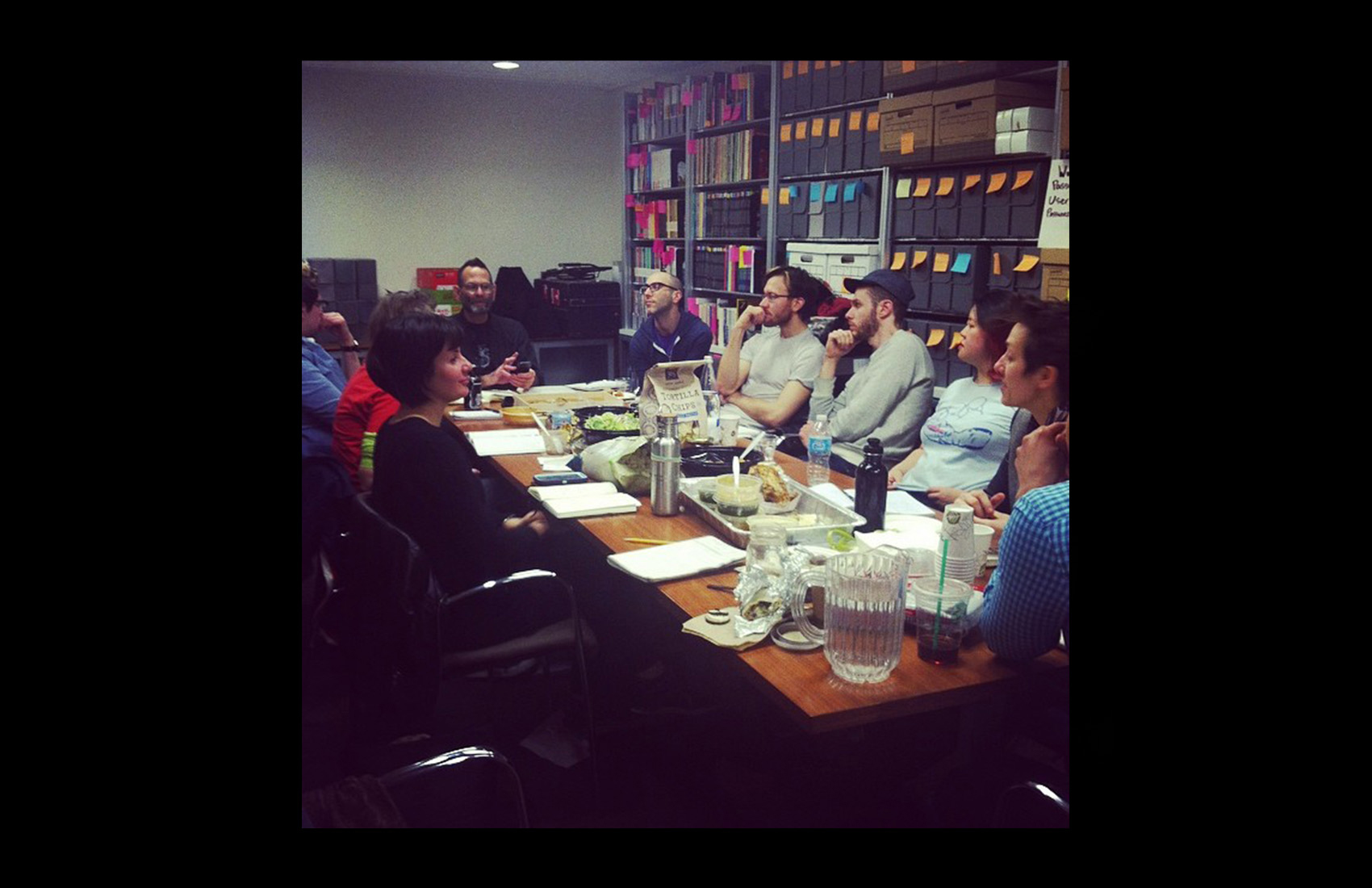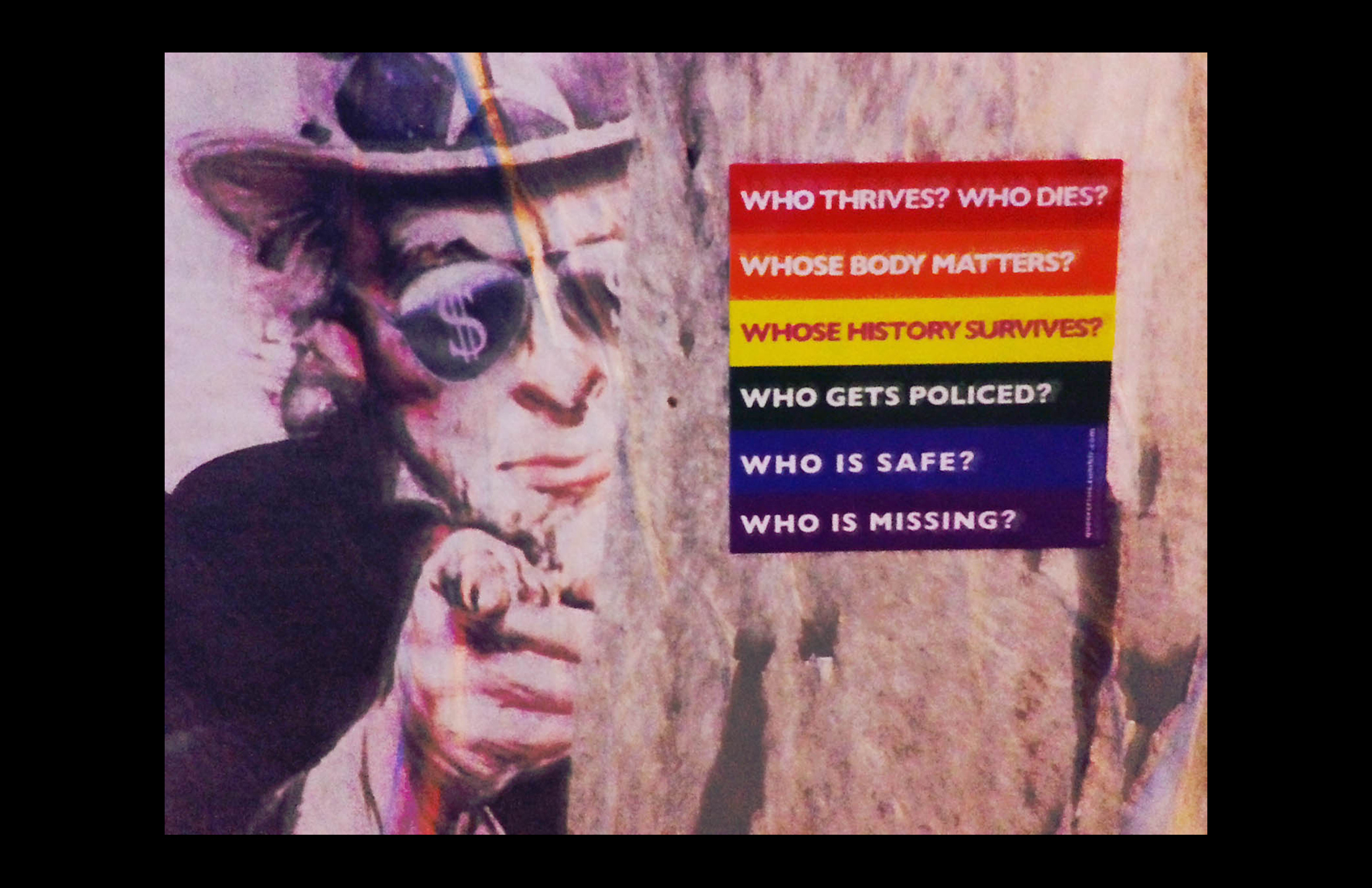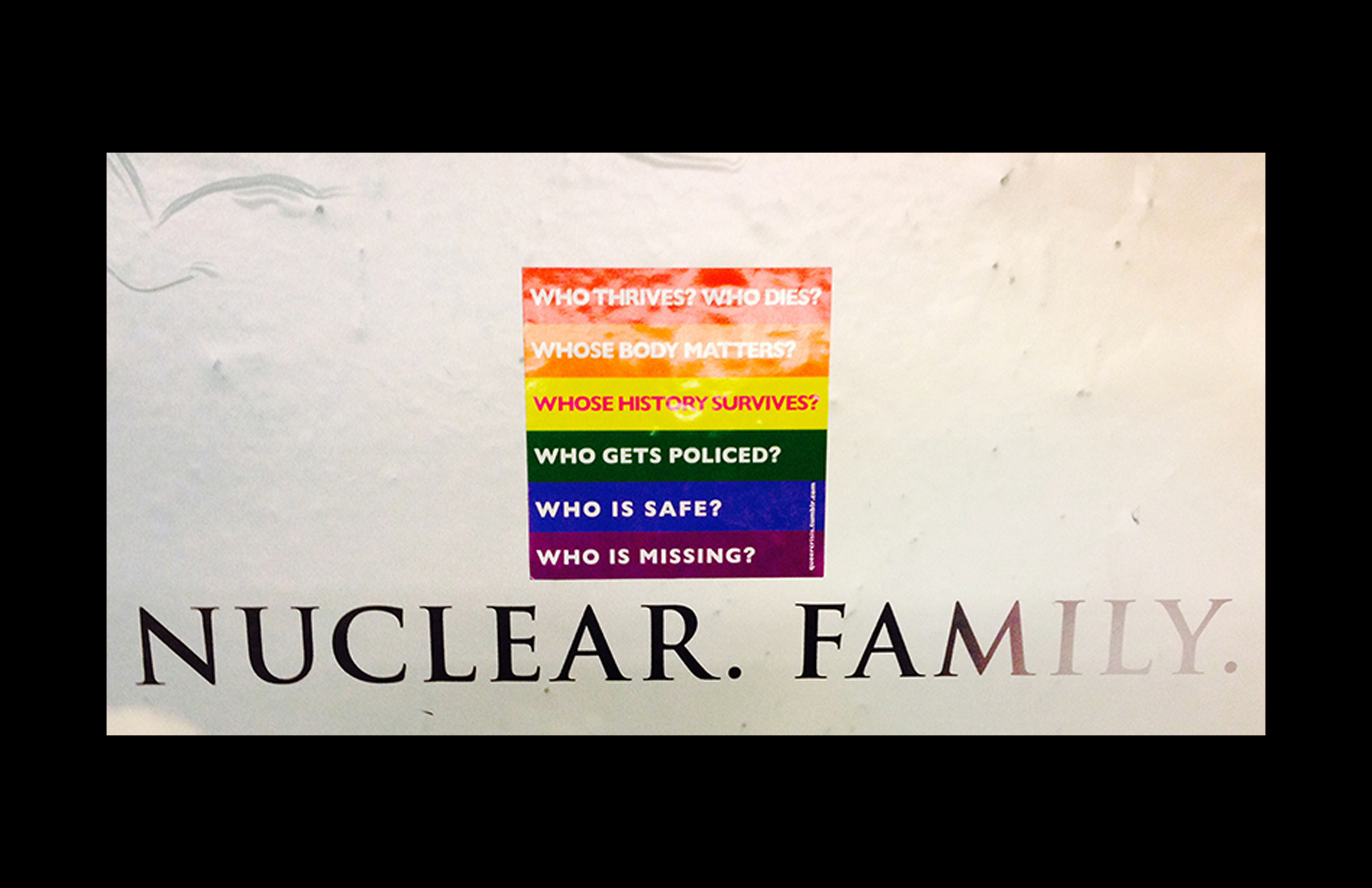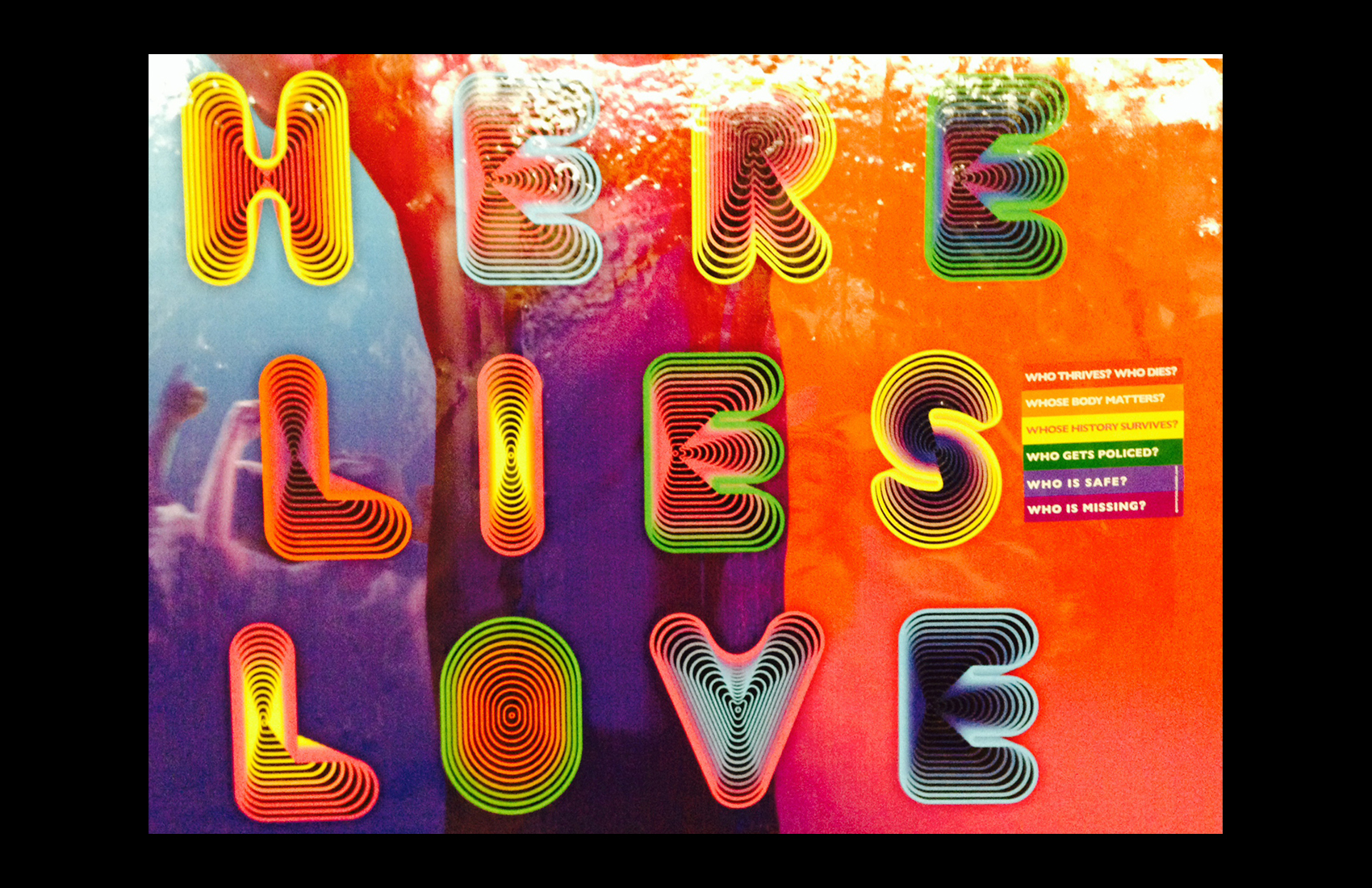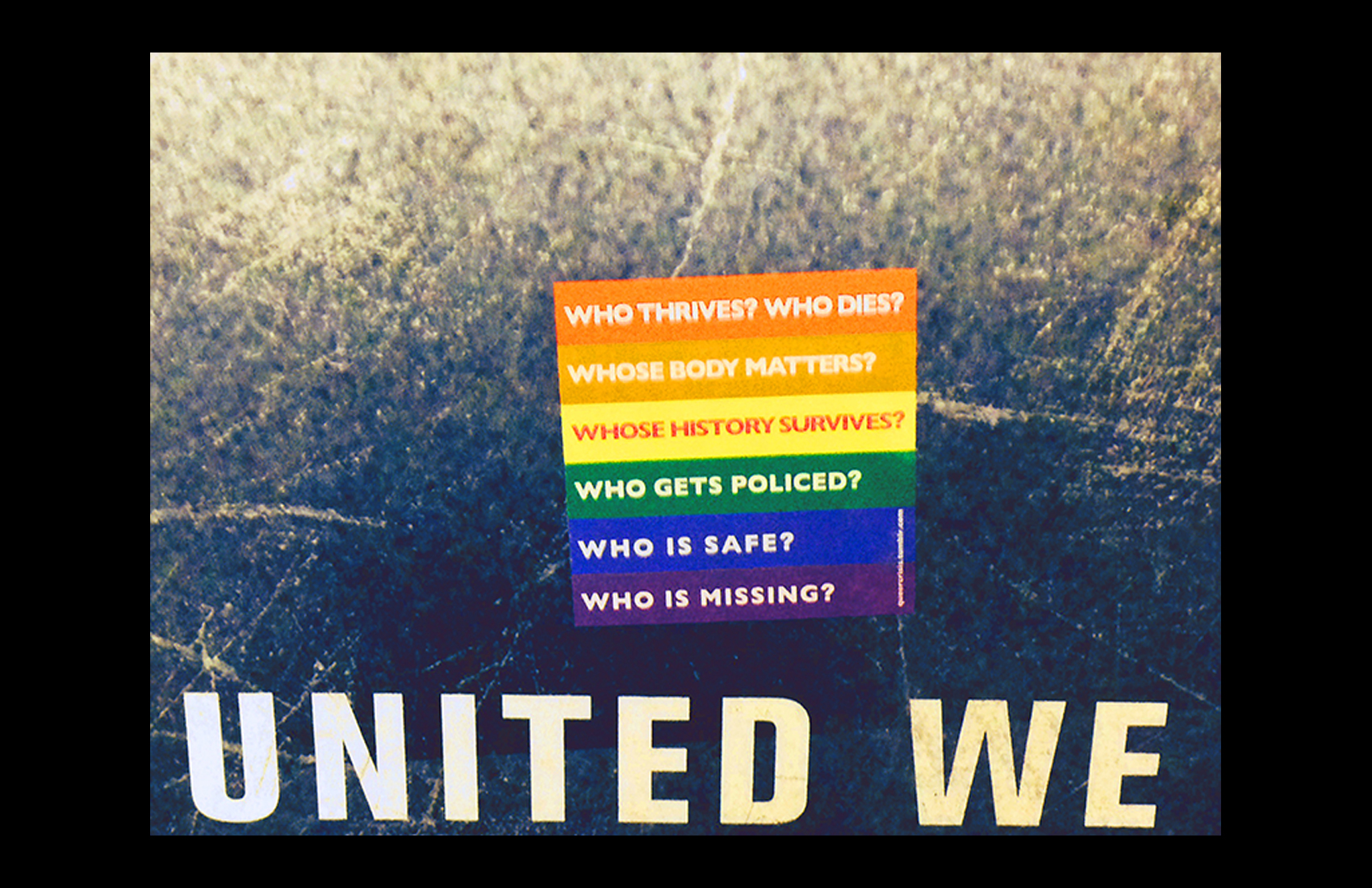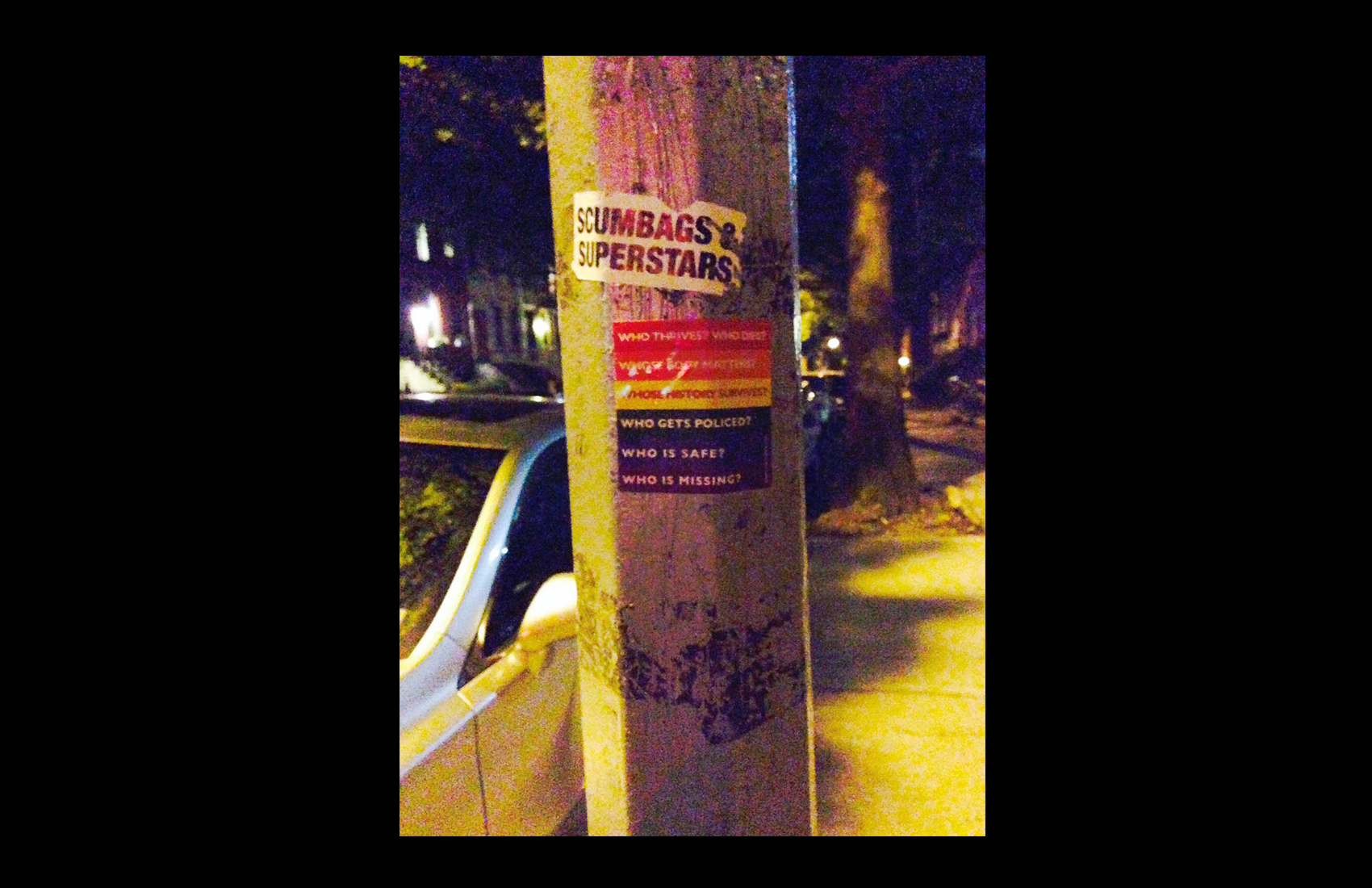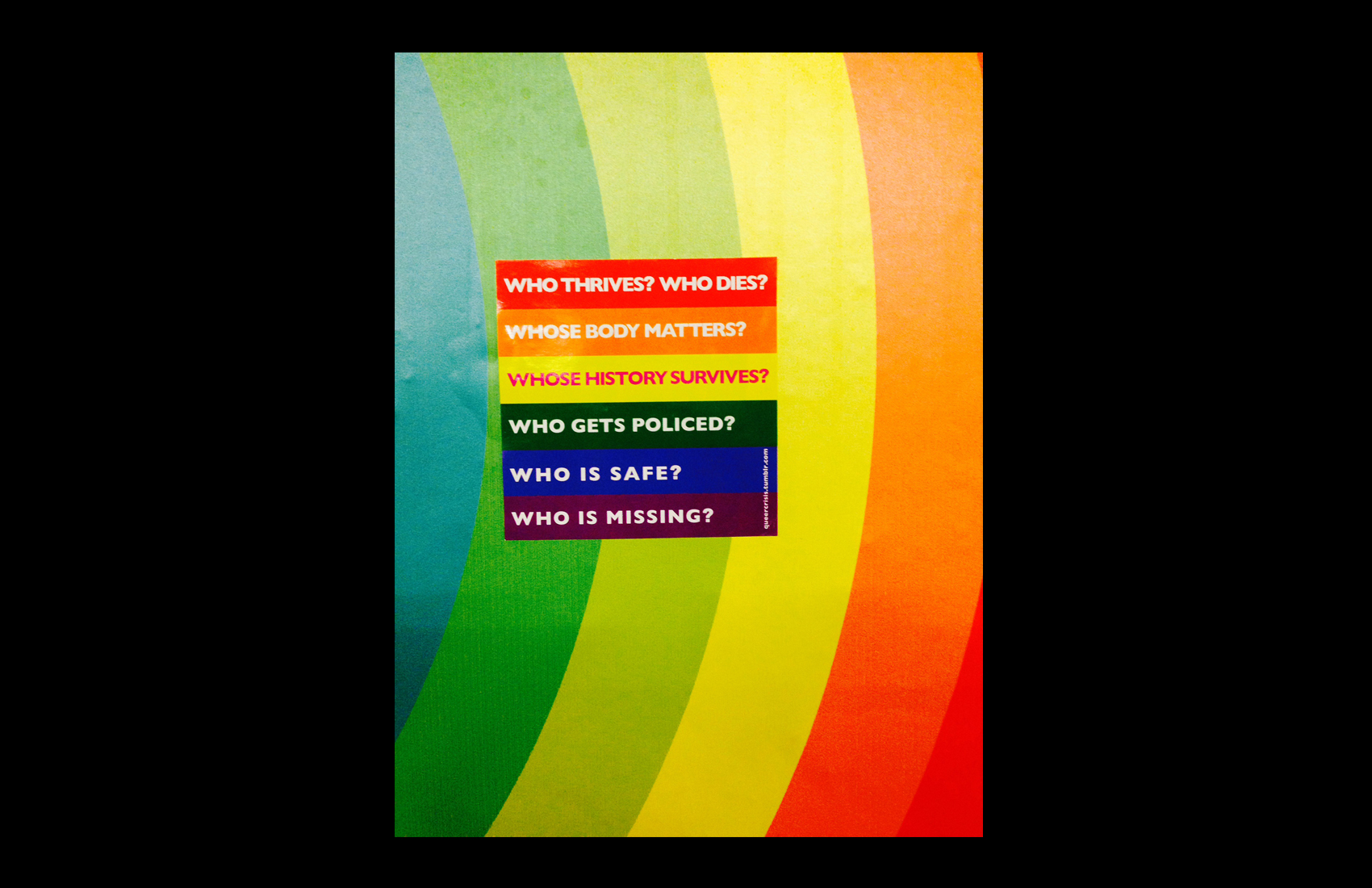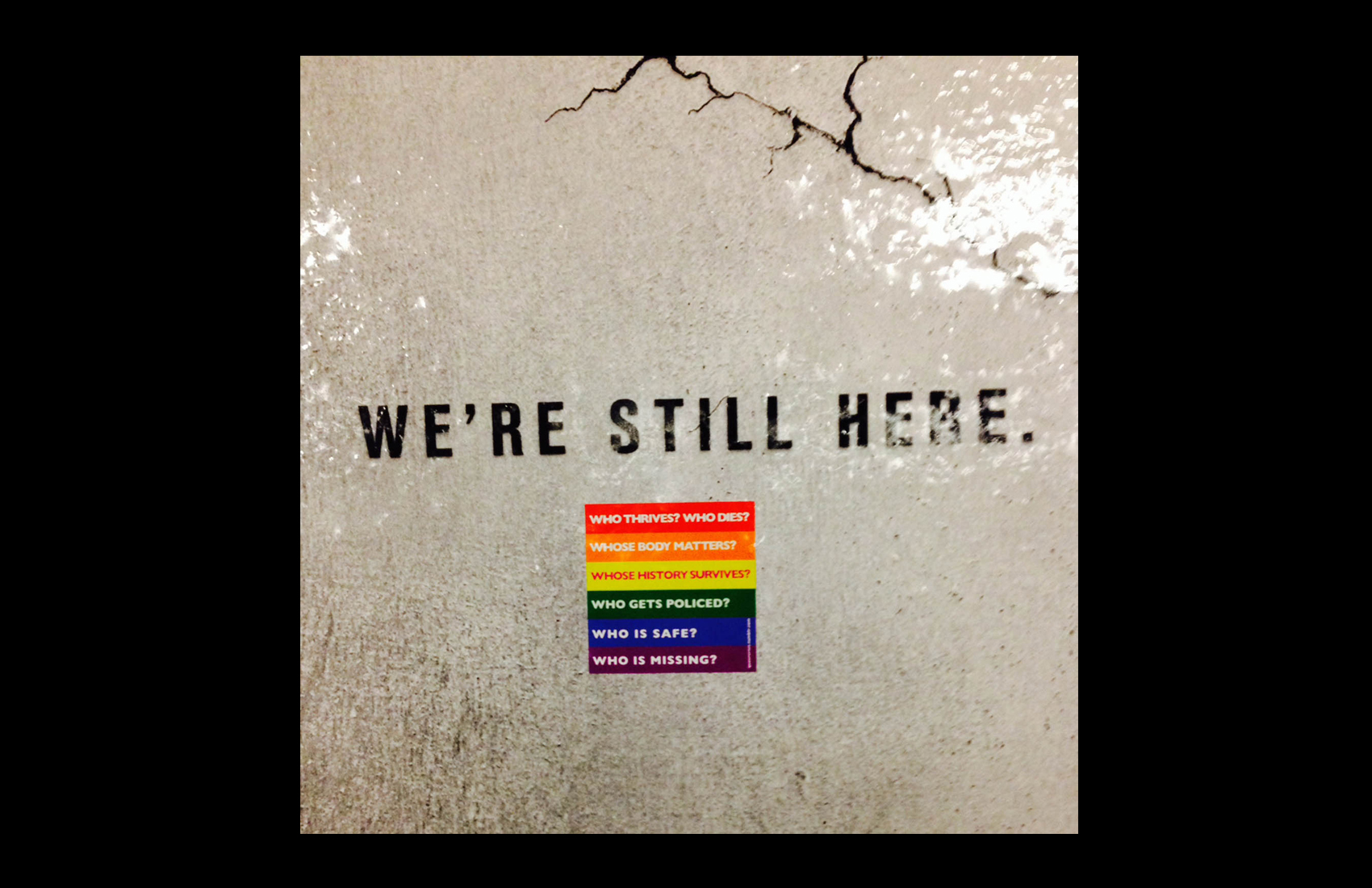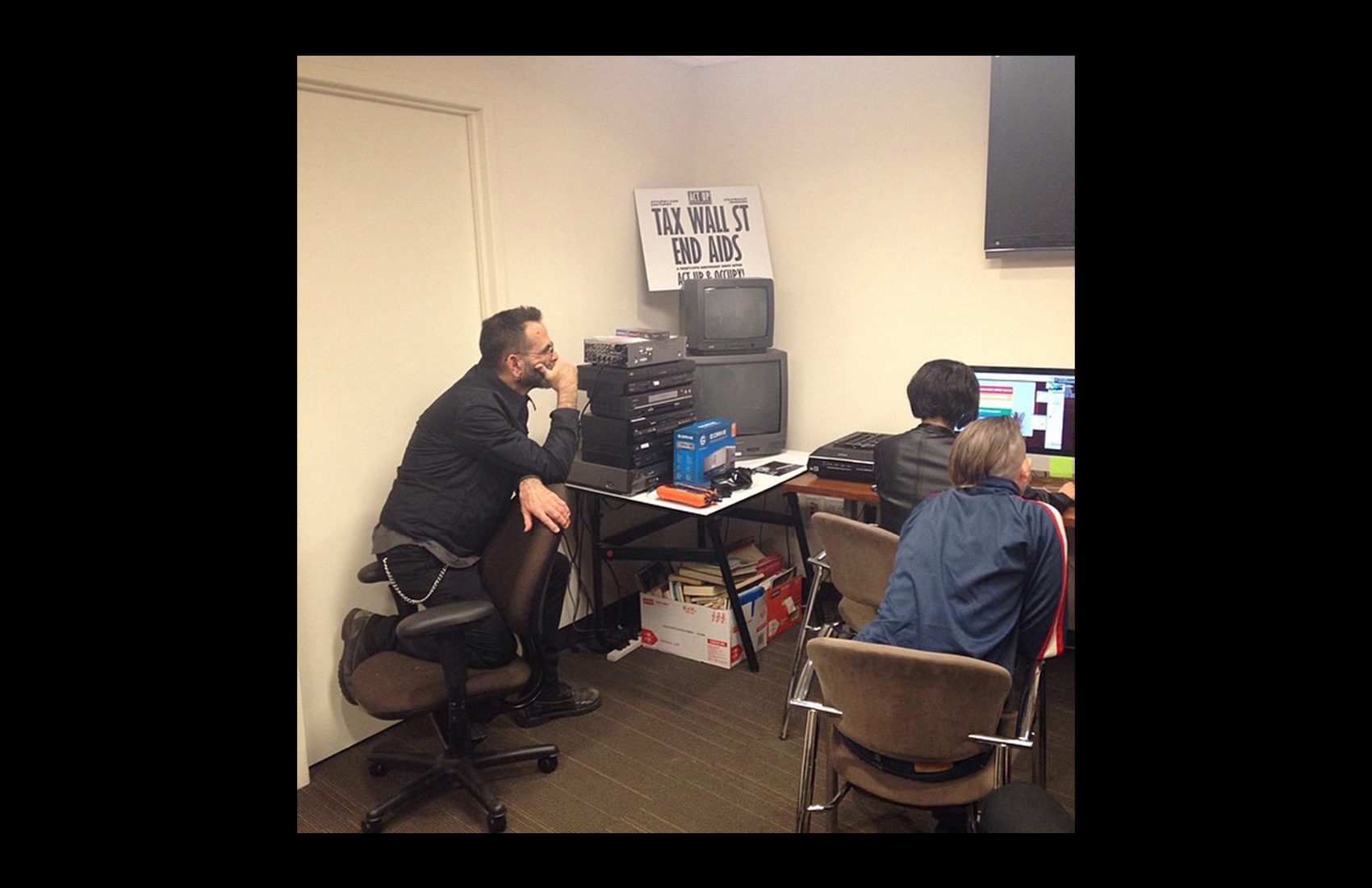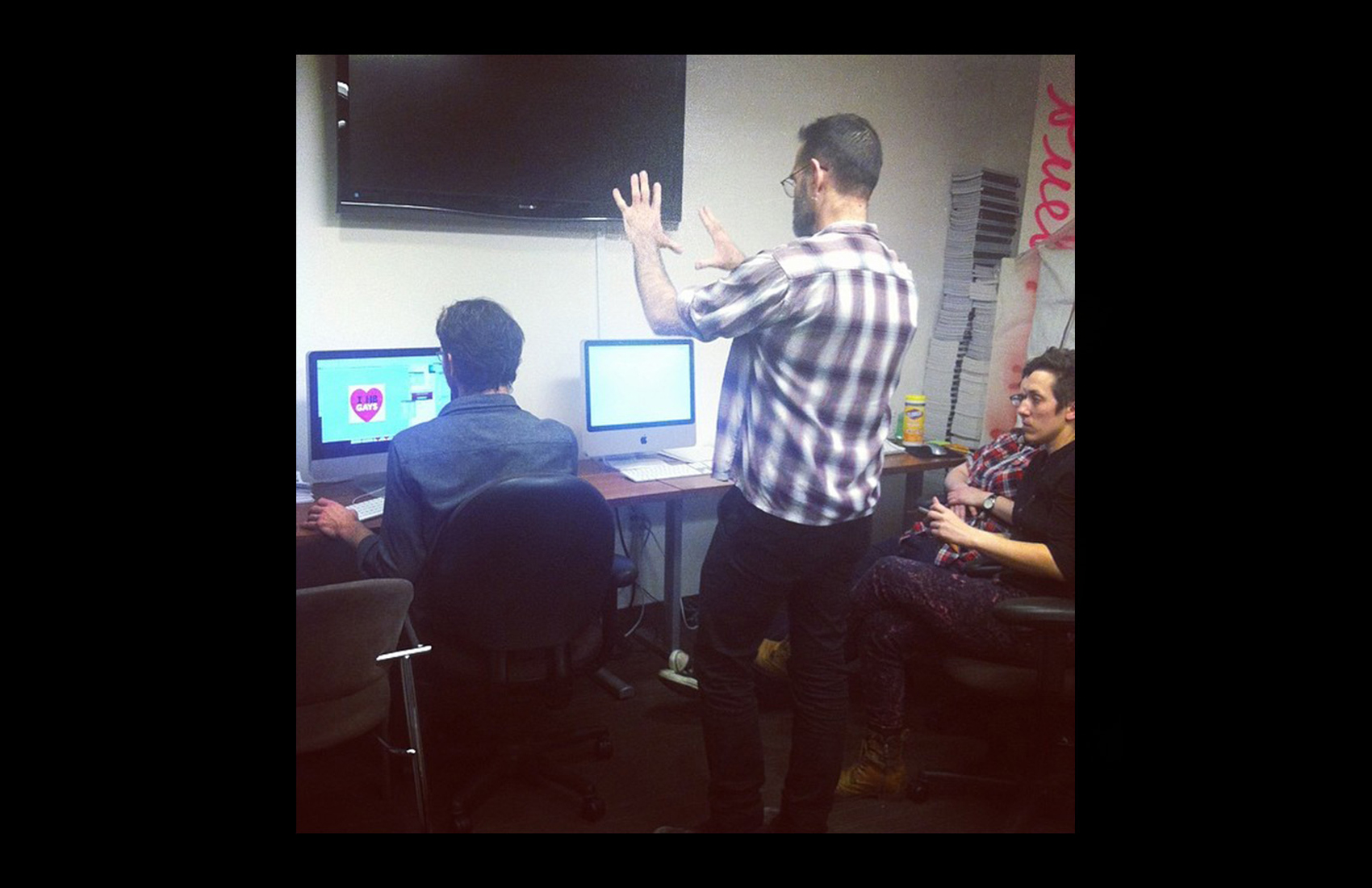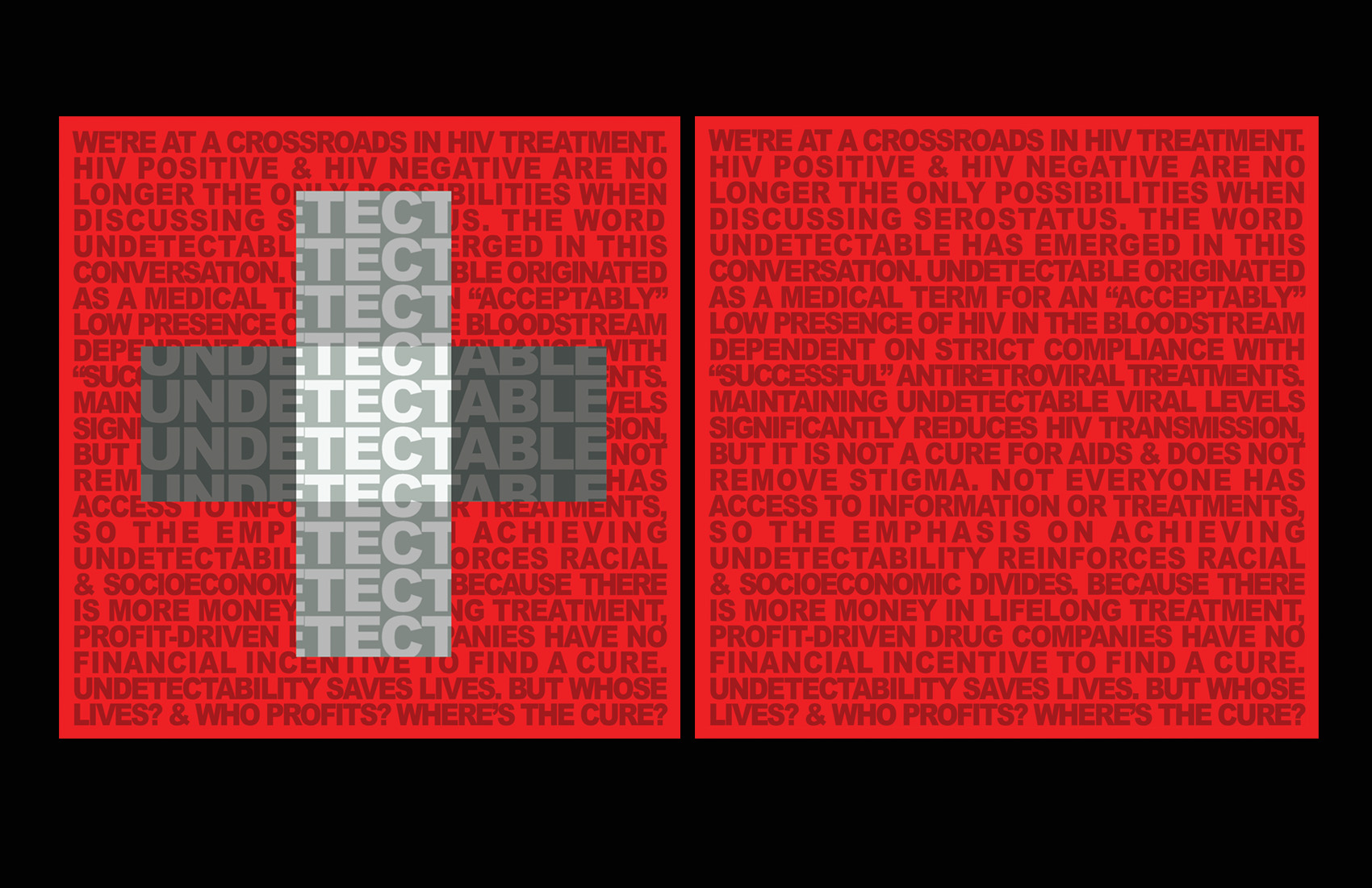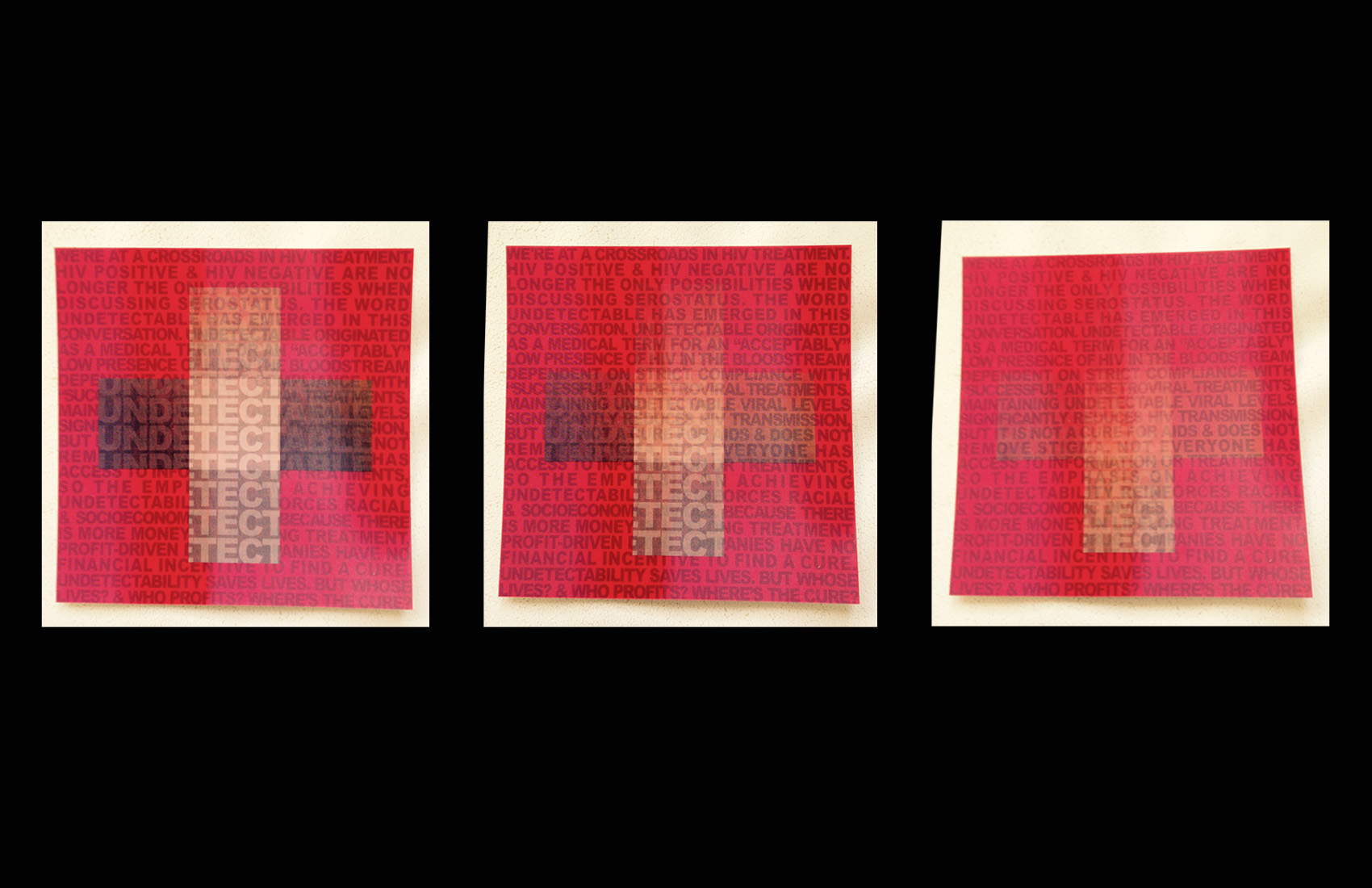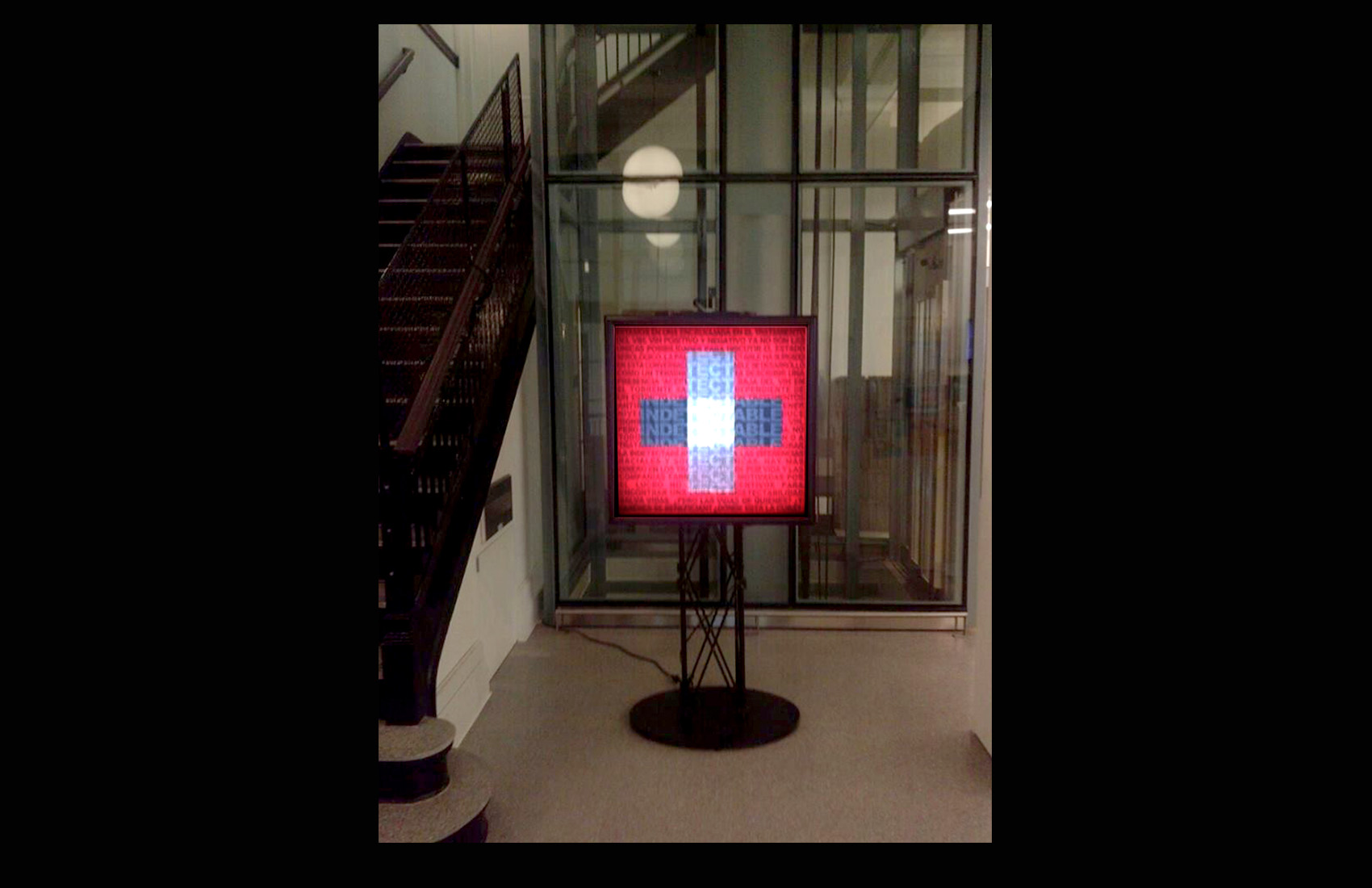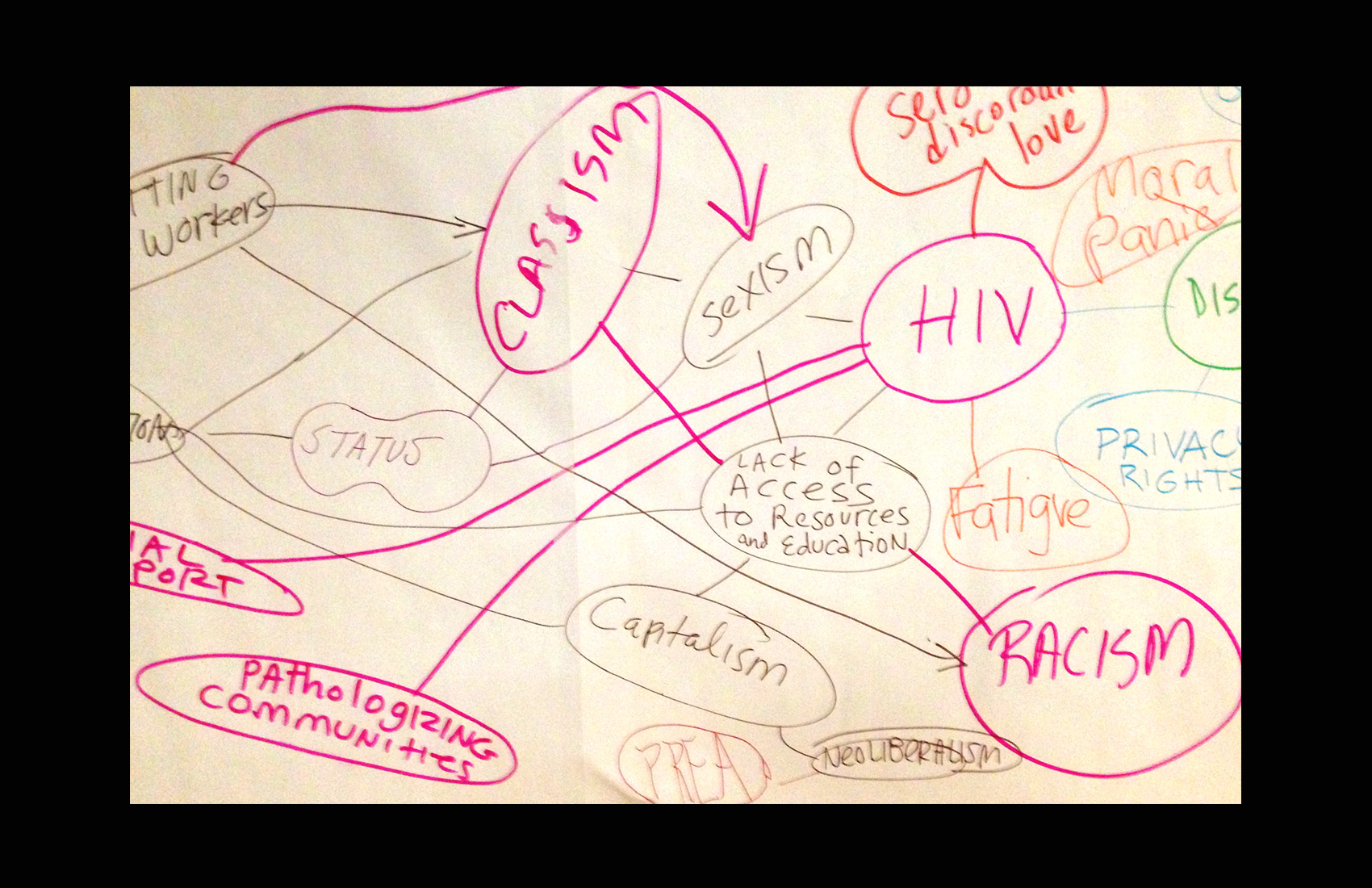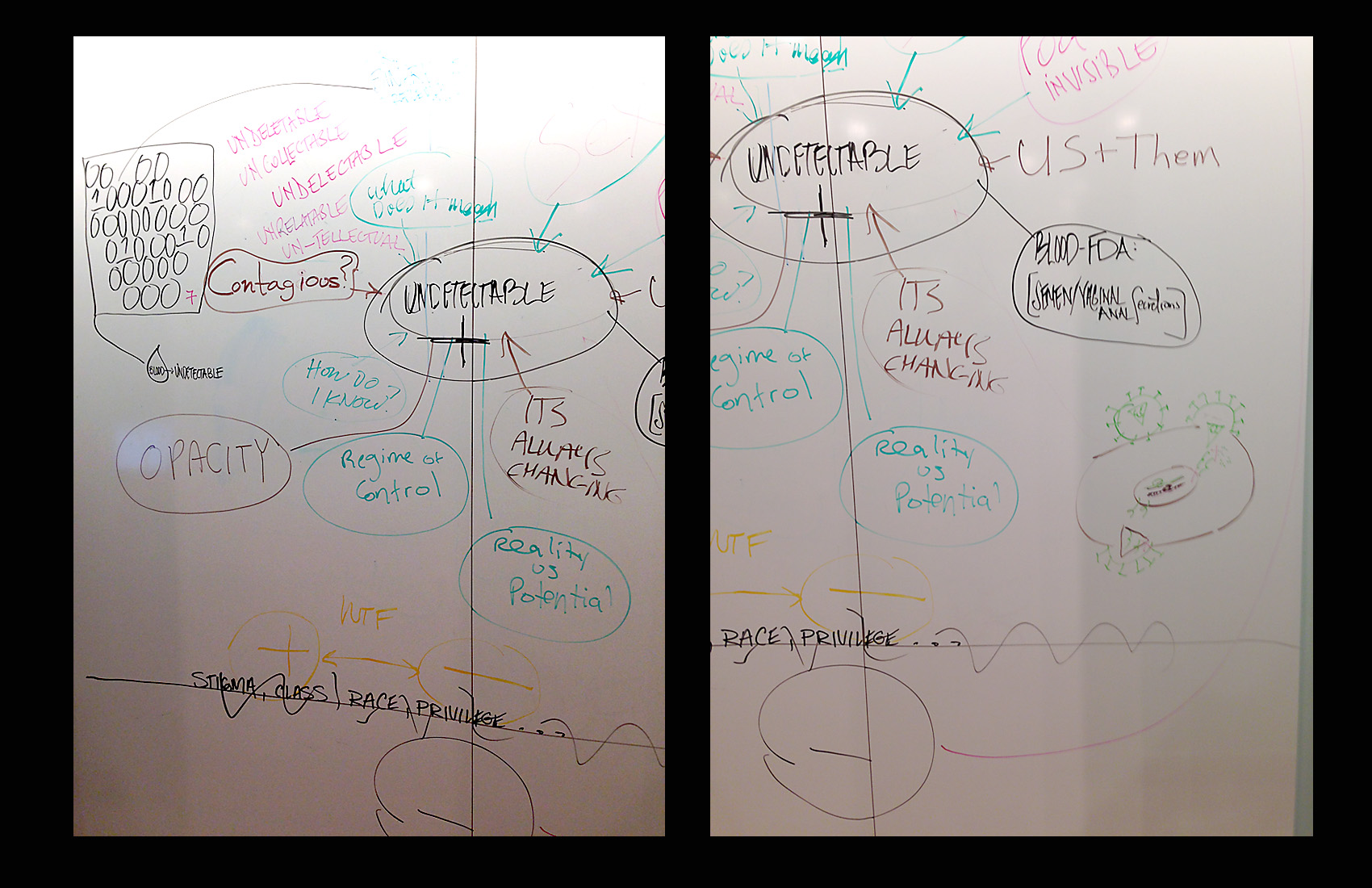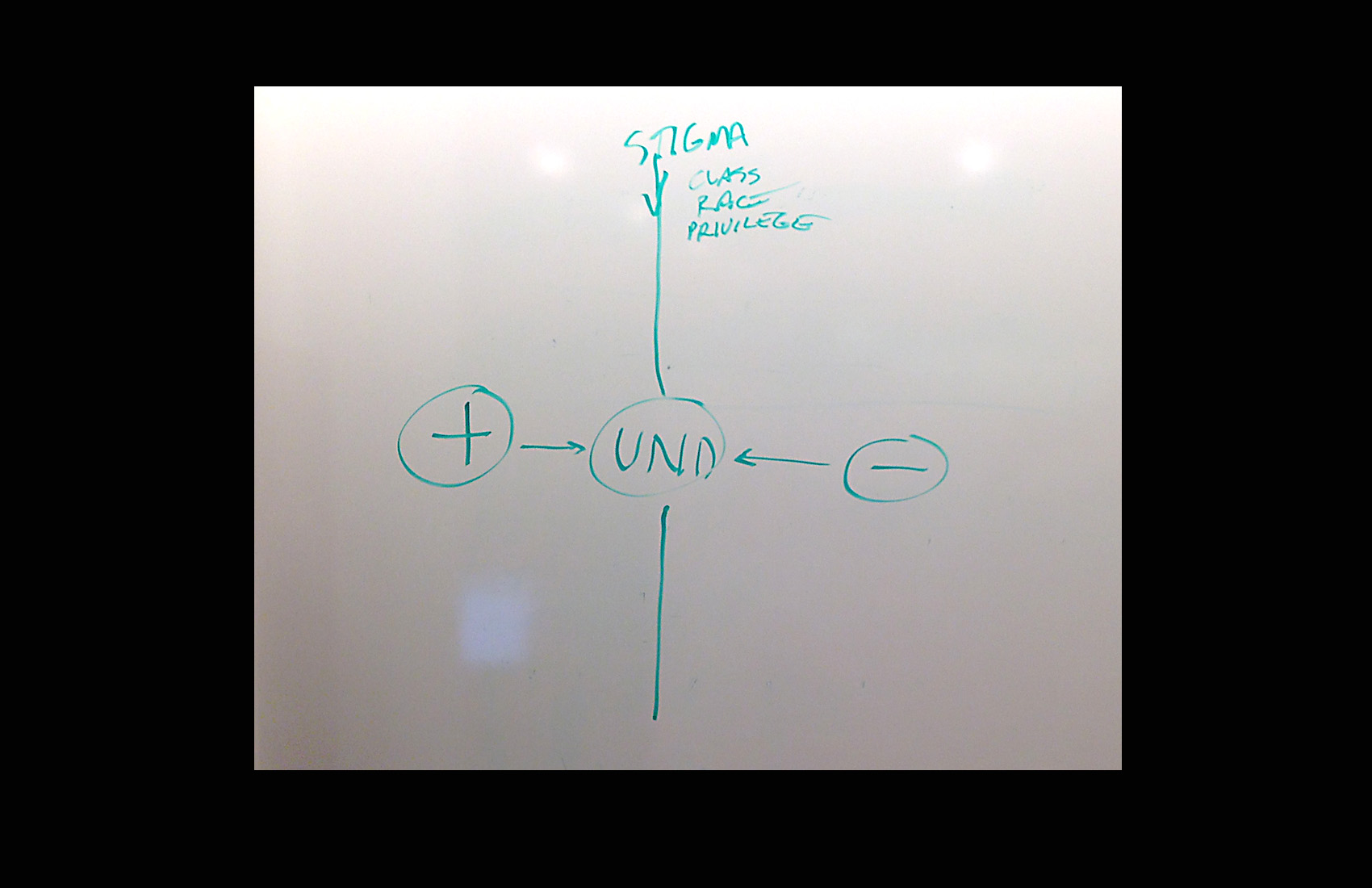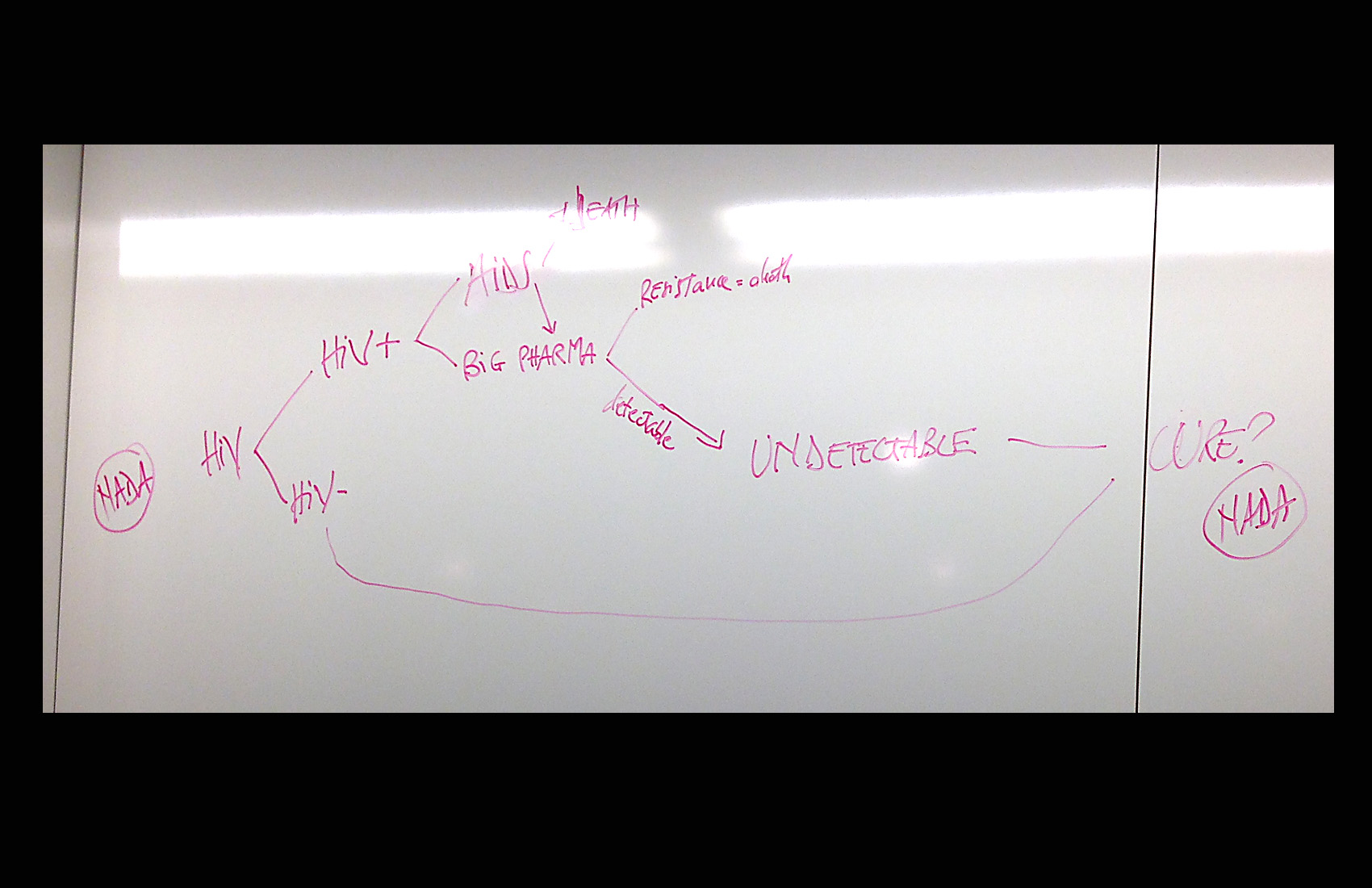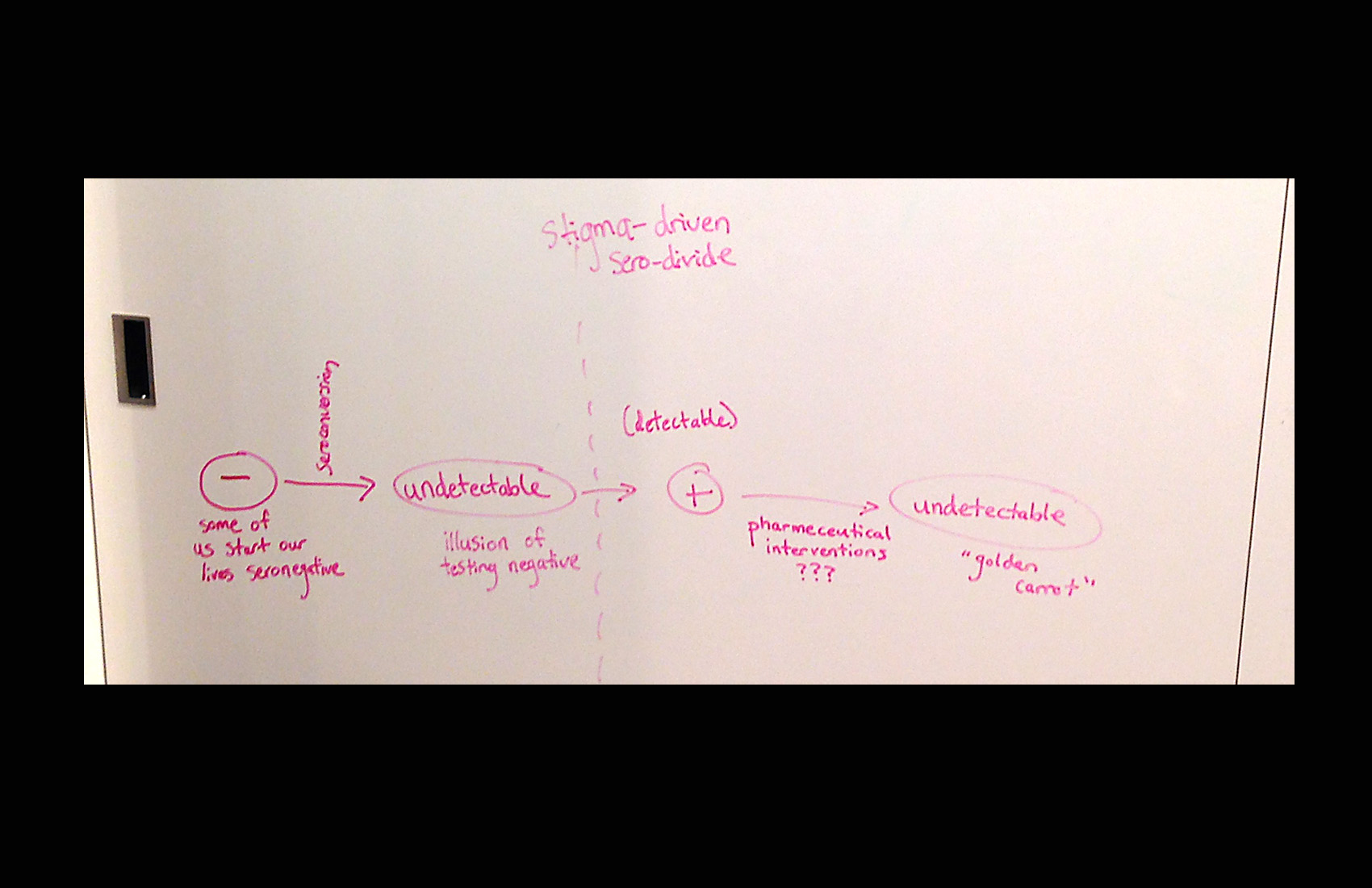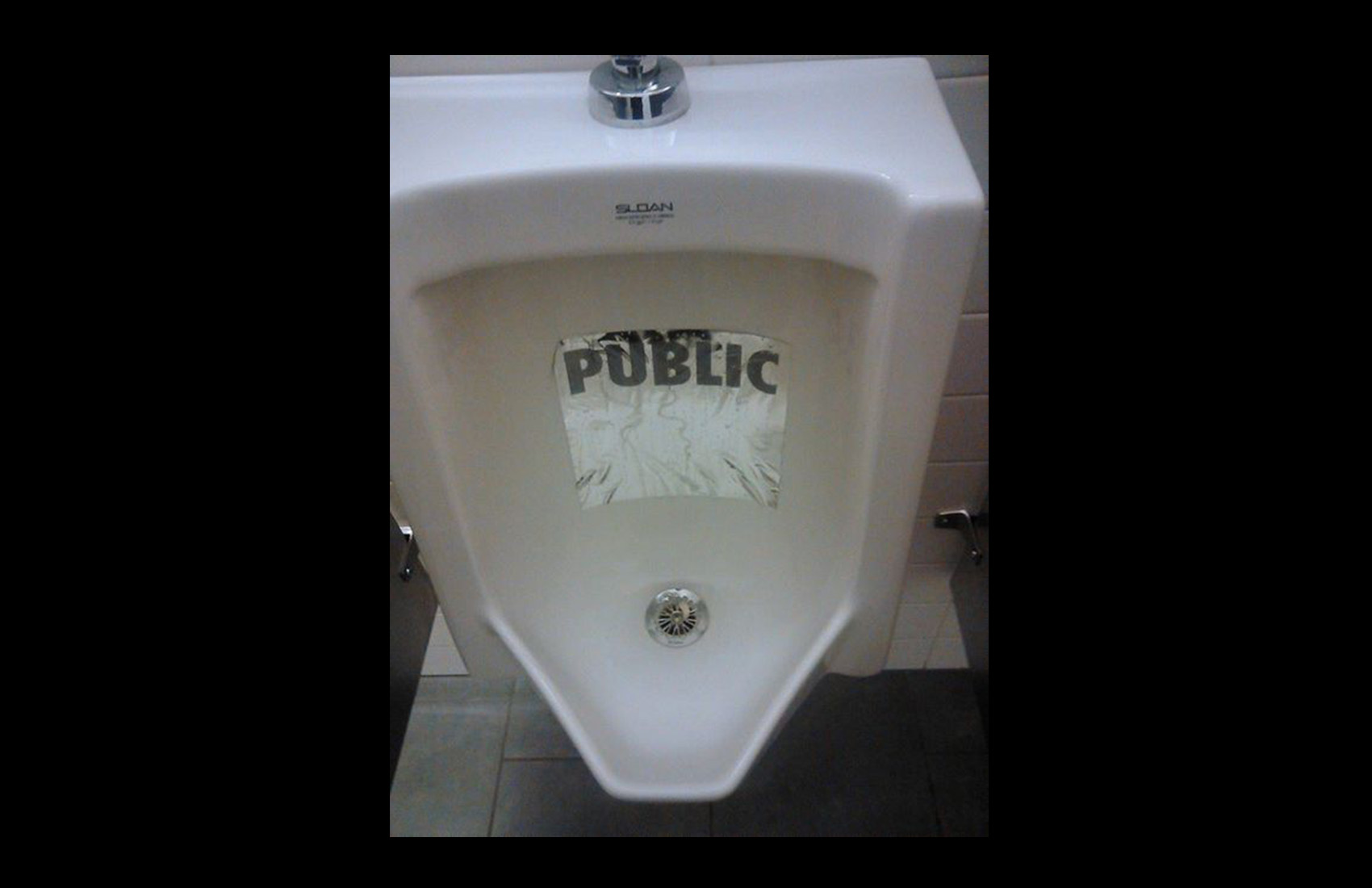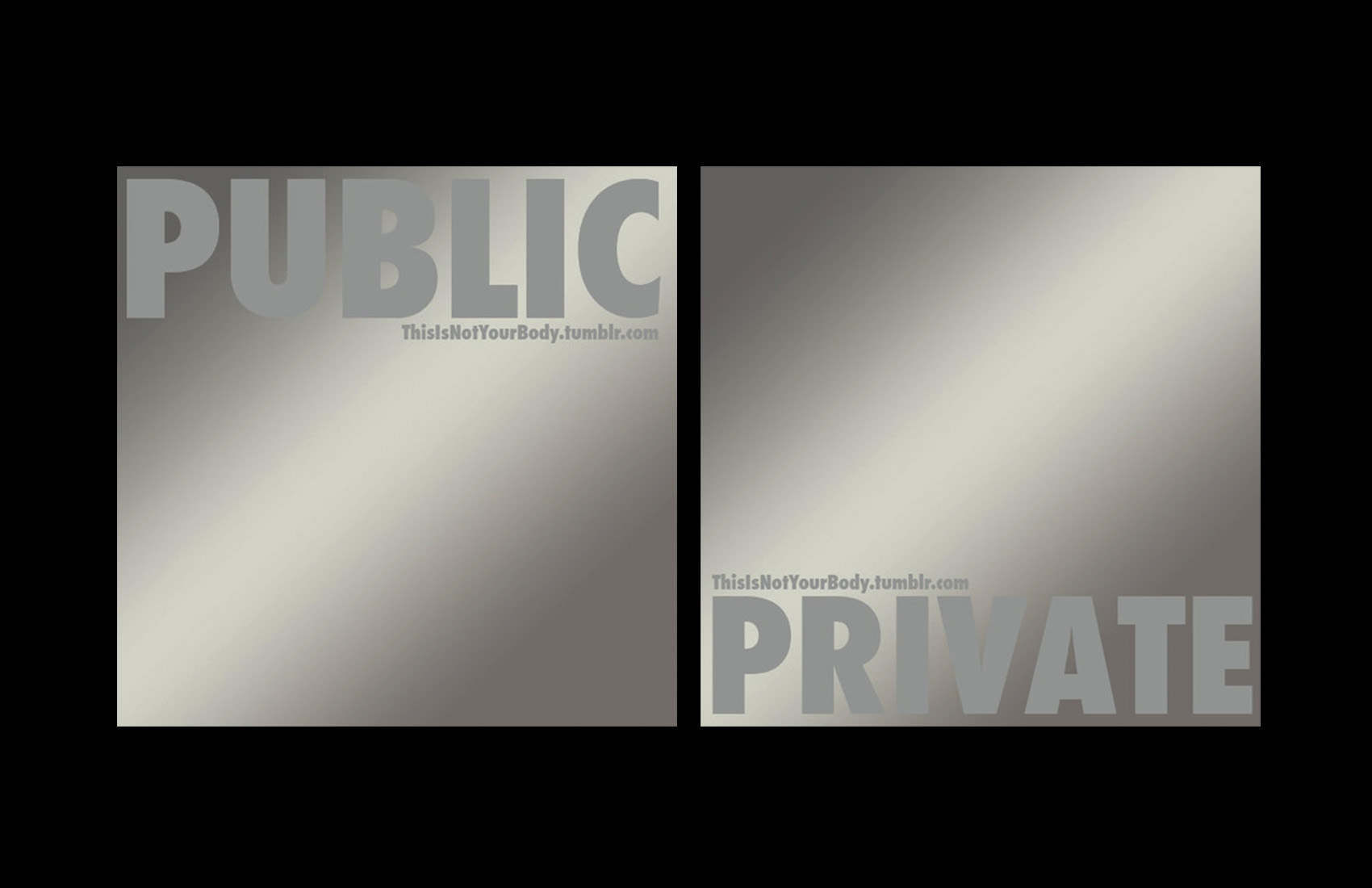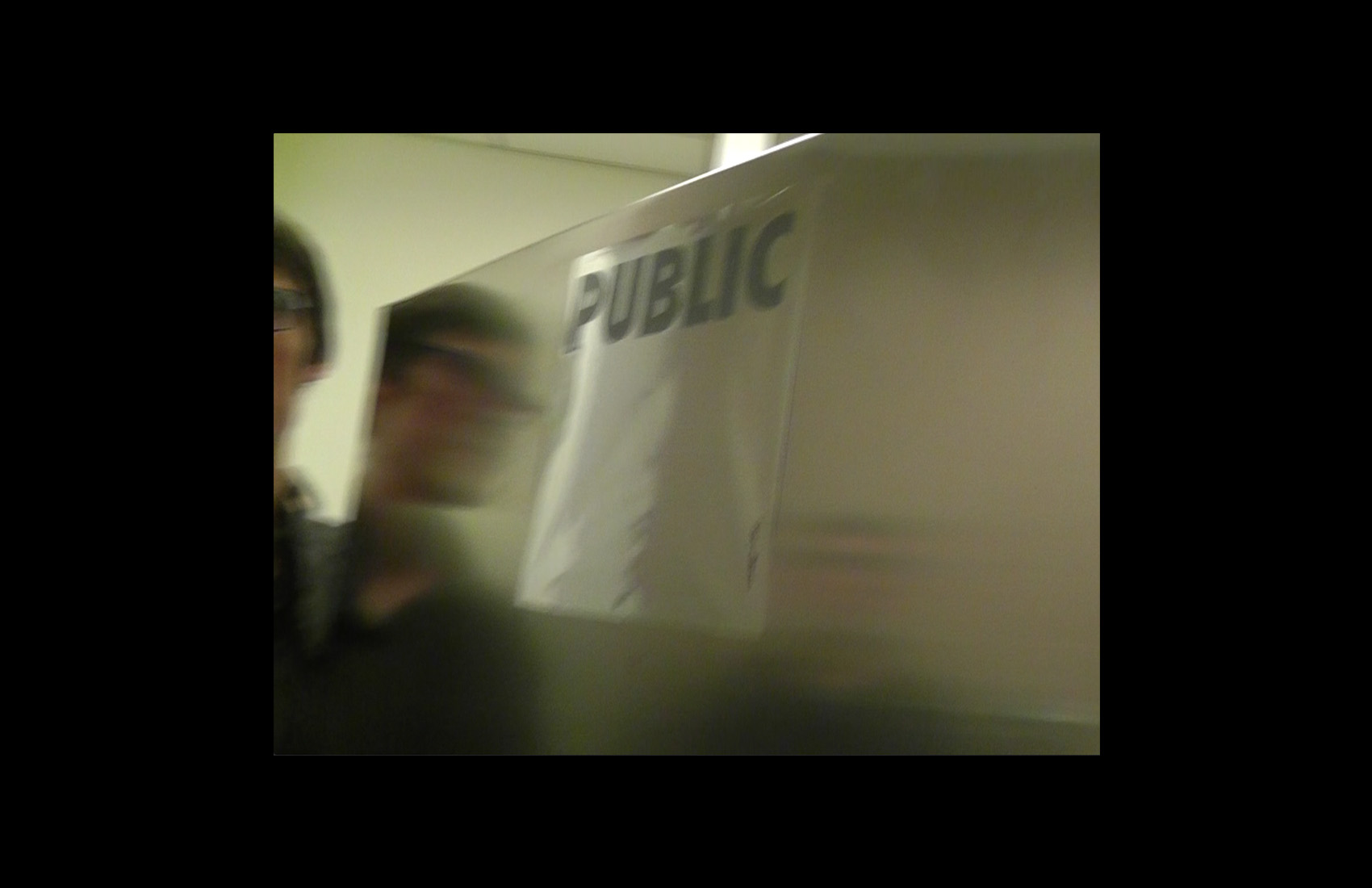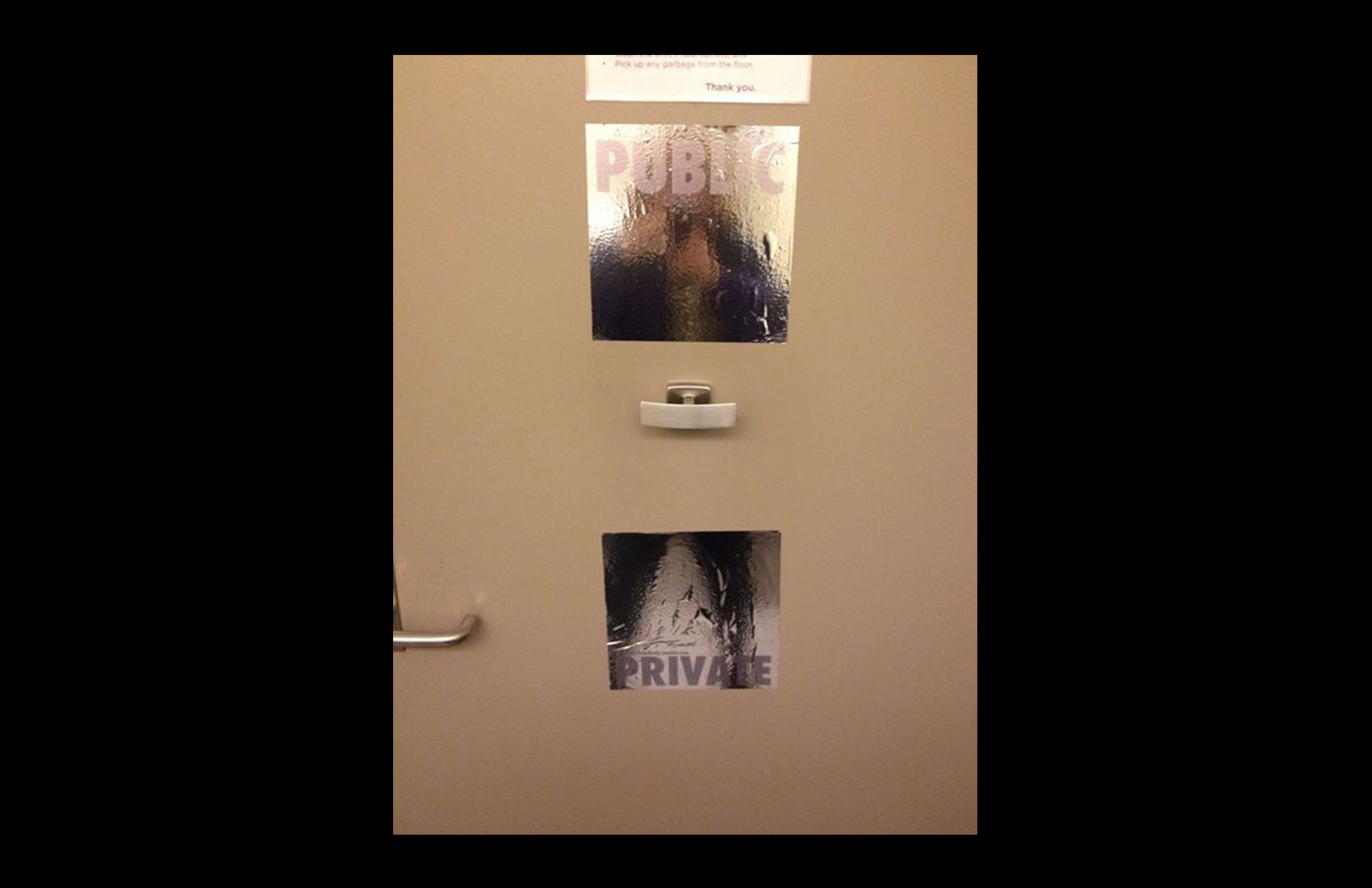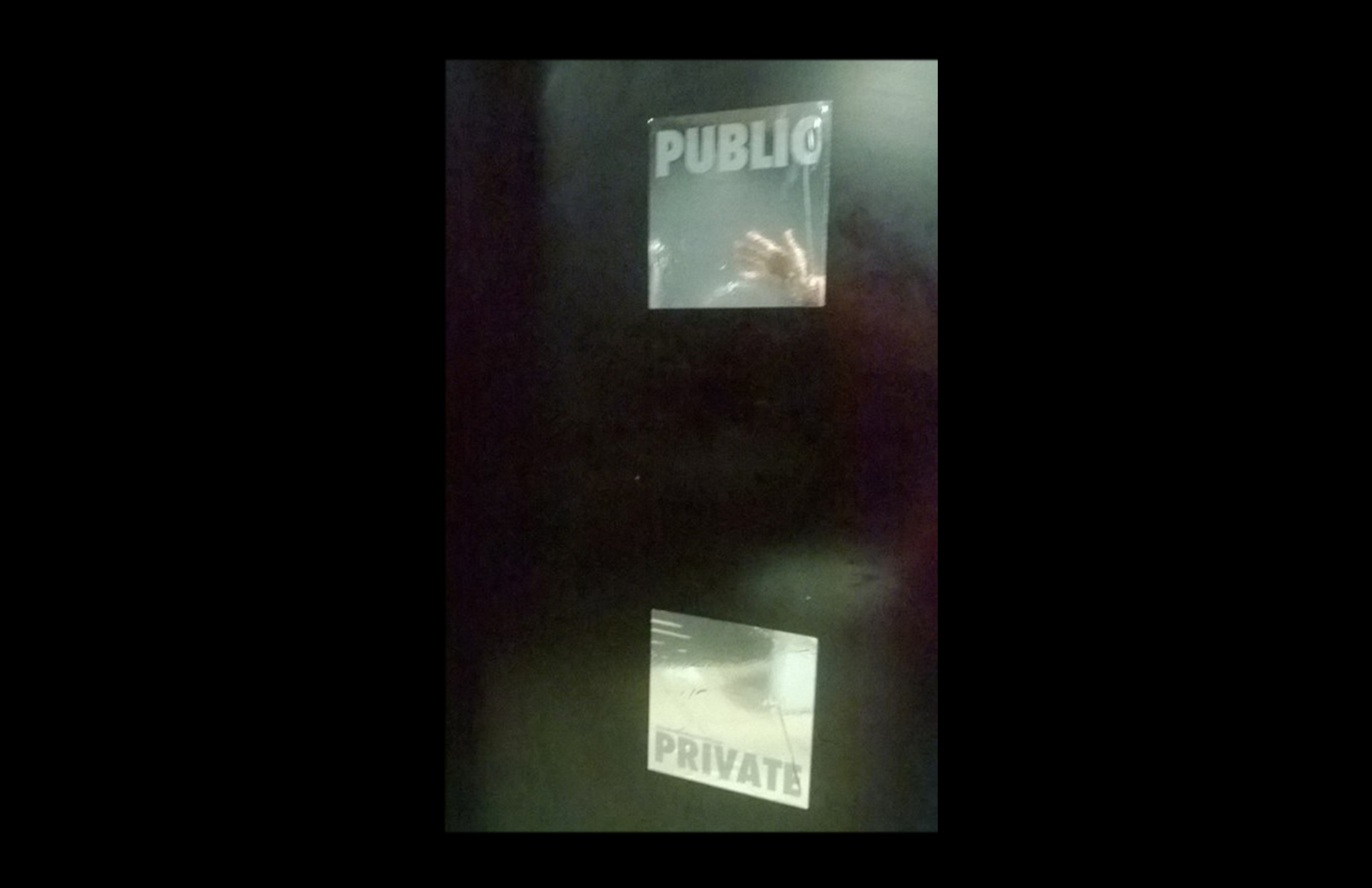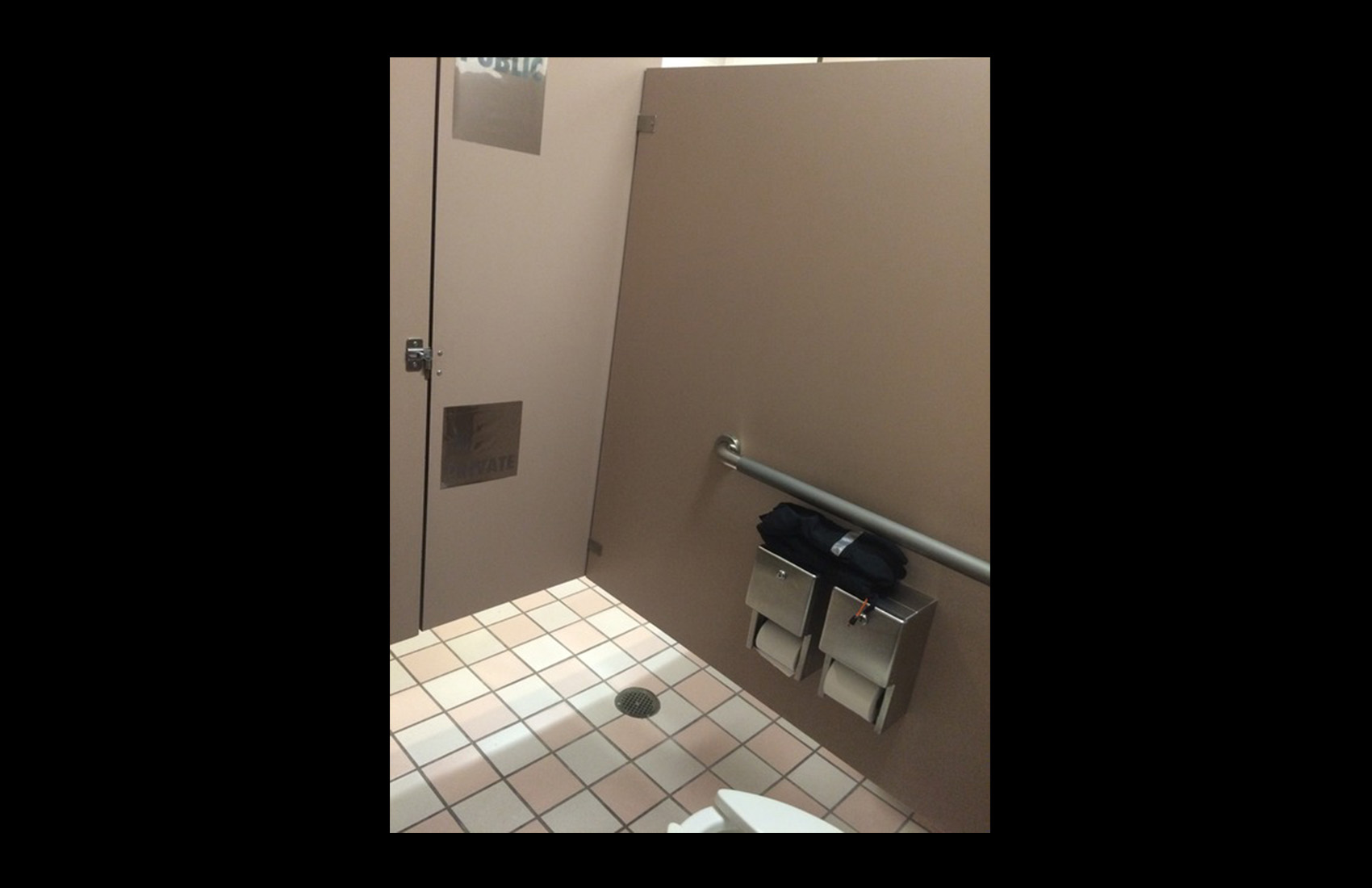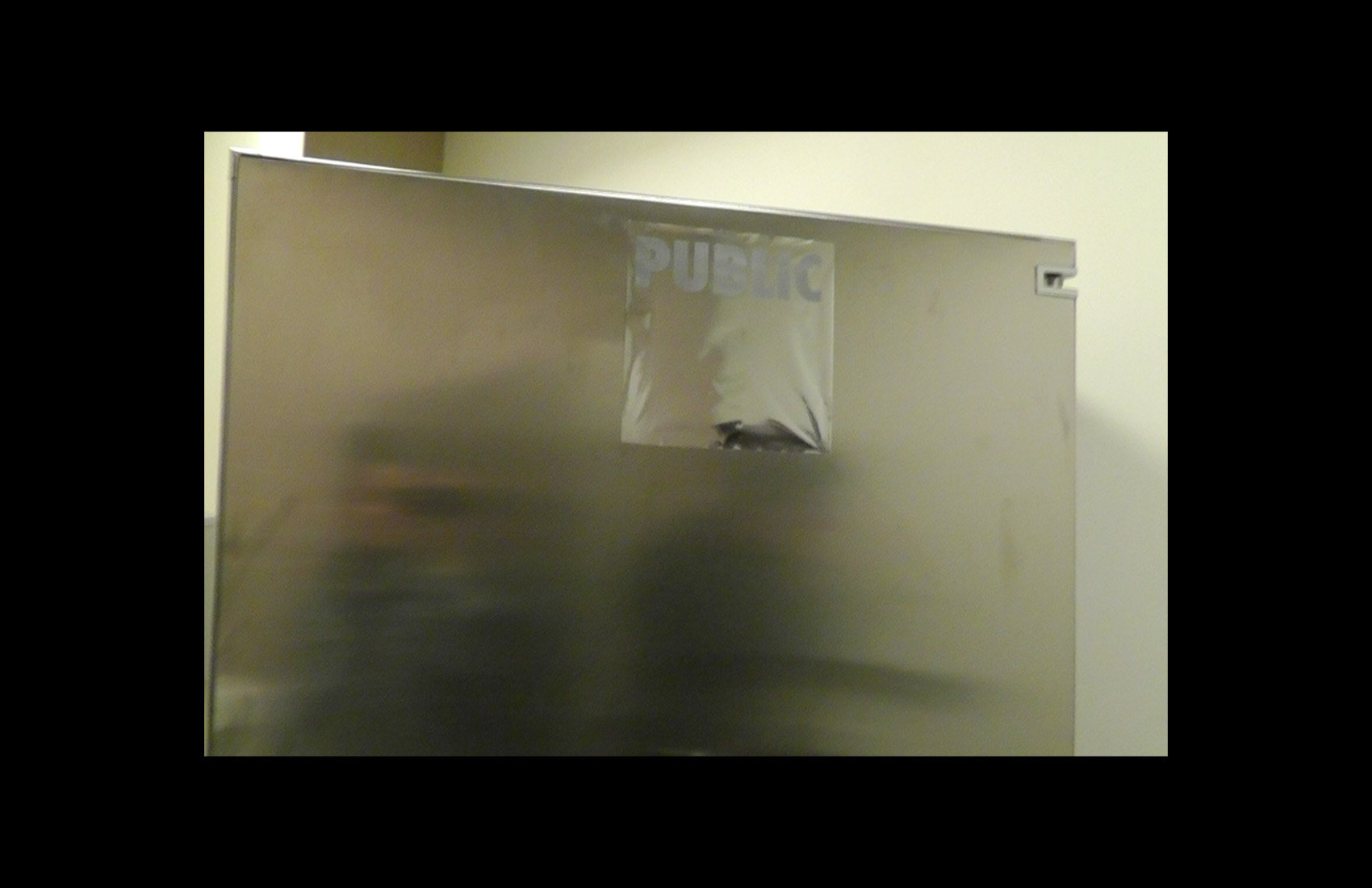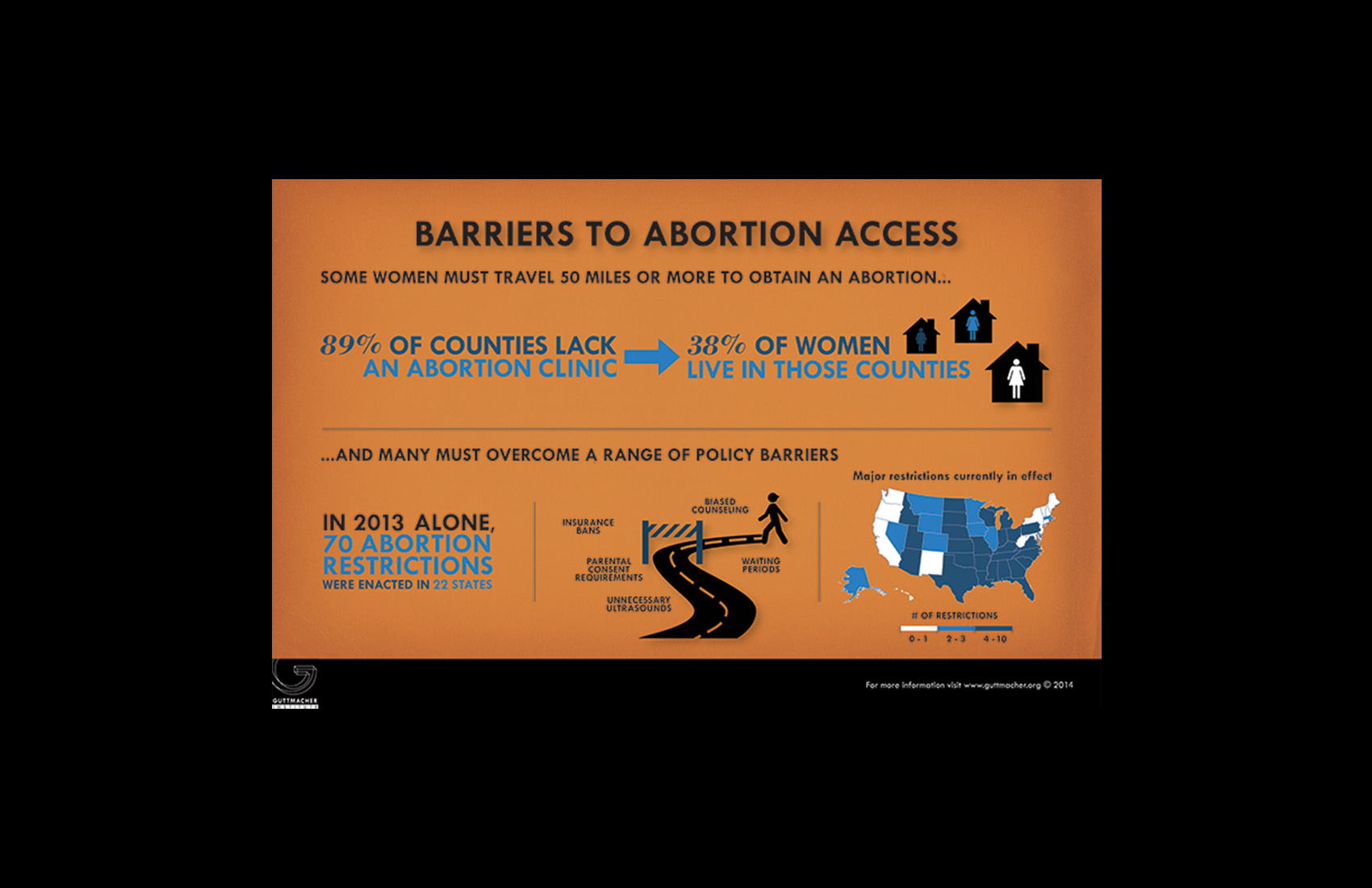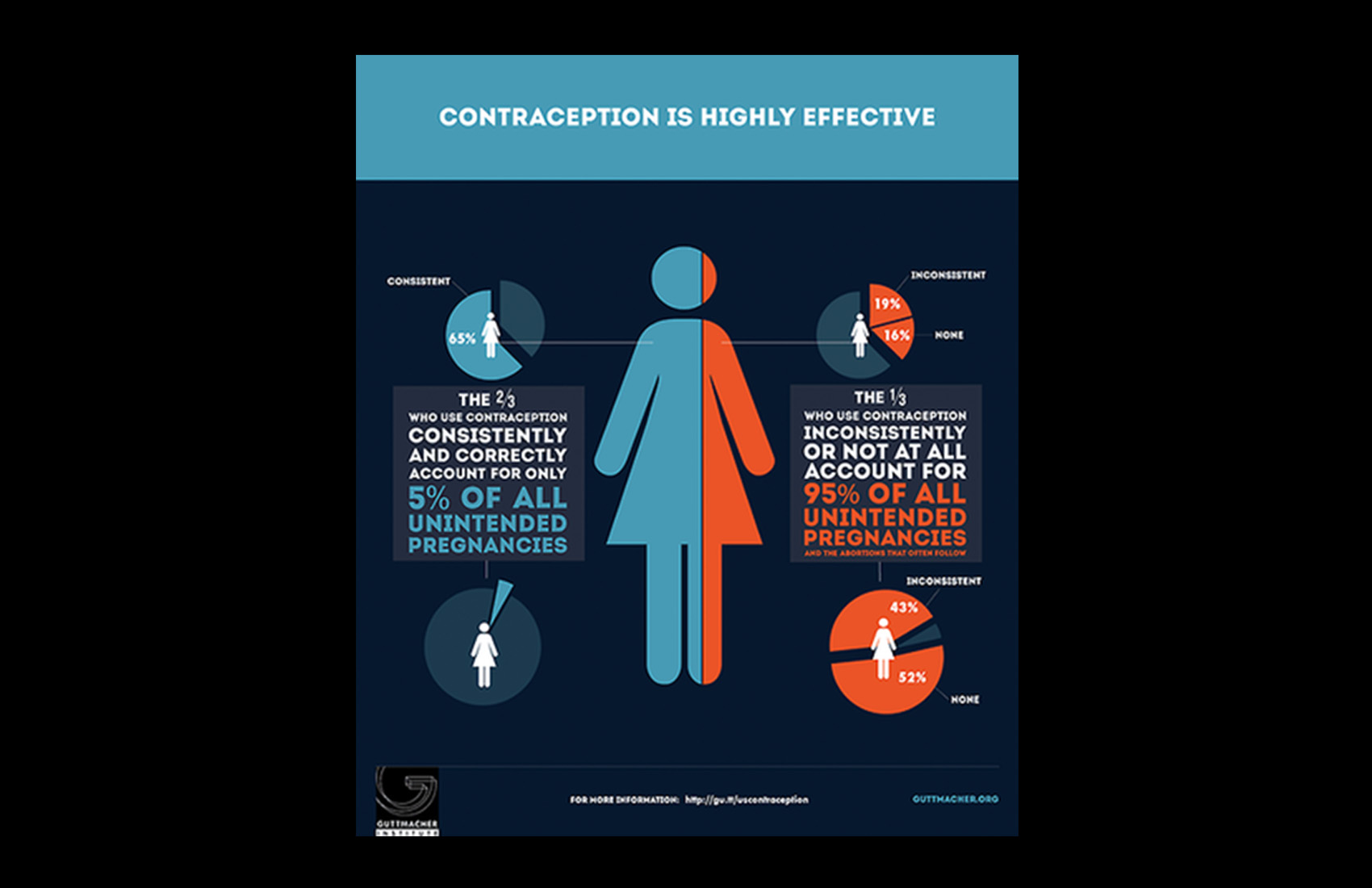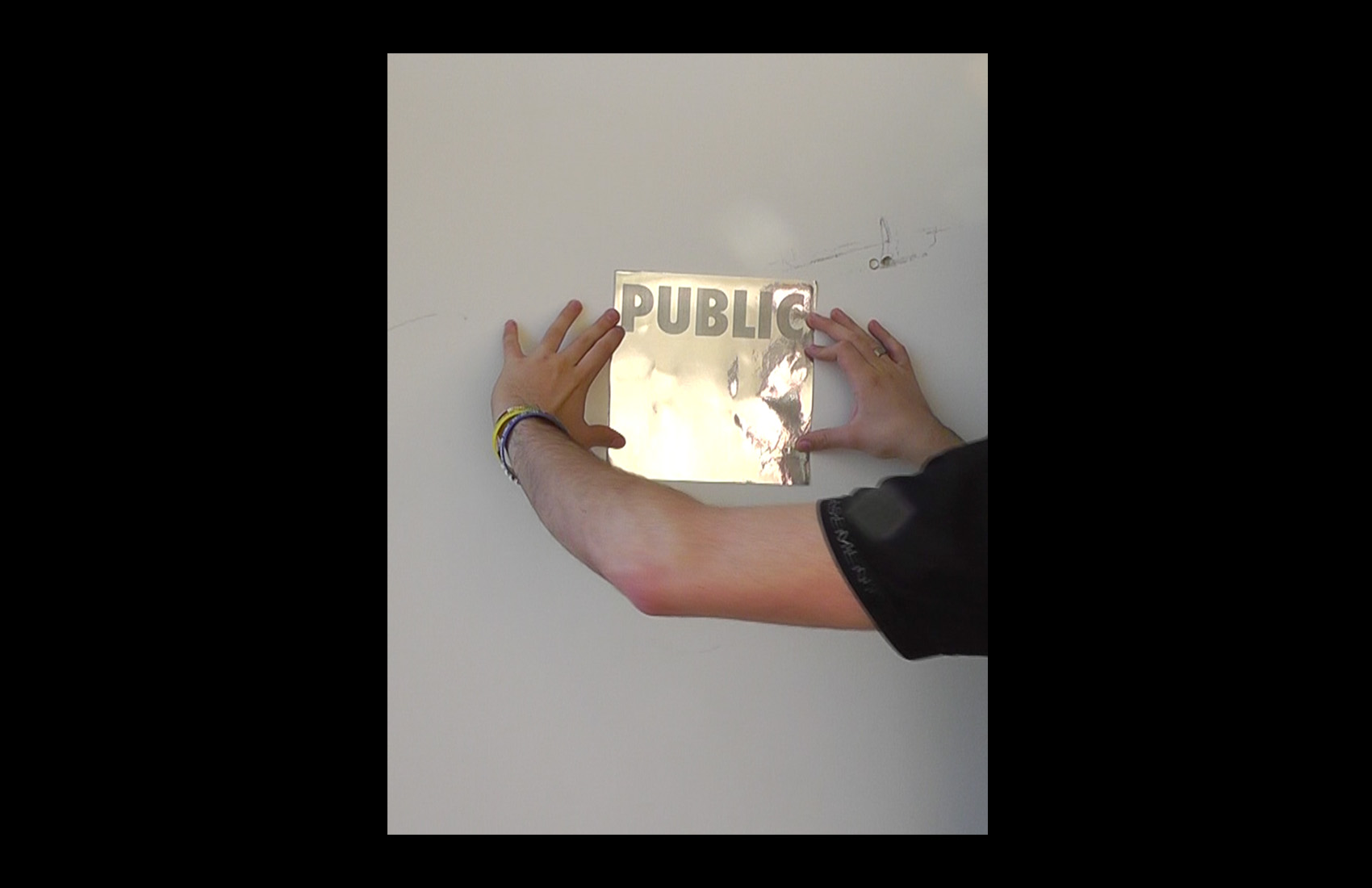THE FLASH COLLECTIVE
After decades of lecturing on the topic, I have come to realize that the answer to the question of how to re-engage a public with the issues surrounding HIV/AIDS in the present doesn't lie in looking at the canon of cultural production from those early days, such as Silence=Death. It's in looking through these works, to the resistance strategies that brought them into being in the first place. That's how we might imagine alternative models for the activation of our social spaces.
The "Flash Collective" is a part of my current practice, an experiment in political art-making in which I assemble a collective of limited duration to produce a single intervention in a public space. It is designed to focus the skills drawn on in collective decision-making with a surgical and fast-paced format intended to cut directly to the point of the work, content. The flash collective is a result-oriented exercise aimed at the very core of all social engagement, collective action.
I have conducted dozens of Flash Collectives on topics ranging from HIV/AIDS, stigma and criminalization, the viral divide, state violence and mass incarceration, gentrification, reproductive justice, gender and identity, displacement and immigration, and the 21st century commons, for partners including Yale, NYU, The New School, Visual AIDS, GMHC, Broadway Cares, The New York Public Library, Tufts/SMFA, Concordia University, The Helix Queer Performance Network, and the Hemispheric Institute of Performance and Politics, and I have spoken about them at The San Francisco Museum of Modern Art Visual Activism Conference, Yale, The New School, SUNY Purchase and for Visual AIDS. The final chapter of After Silence: A History of AIDS Though its Images is devoted to a description of the initial Flash Collective exercise, and I have a Flash Collective lesson plan with Dipti Desai, Associate Professor and Director of the Graduate Art + Education Programs, NYU, in the upcoming book, Art as Social Action: An Introduction to the Principles and Practices of Teaching Social Practice Art, by Gregory Sholette, Chloë Bass, Social Practice Queens.
THE FUCK LAWS FLASH COLLECTIVE
During a workshop for Concordia University I formed a one-day Flash Collective to create a projected billboard in a multi-use shopping street during rush hour. I started with a brief lecture about audience, public spaces, and various strategies for collective cultural production, and followed it with a trust-building workshop on issues of HIV criminalization and a mini teach-in on the complexities of HIV disclosure, as modified by pharmaceutical interventions like PrEP/PEP. We then had a series of brainstorming sessions, broke into three working groups — one for text, two for design— and executed the billboard as well as buttons and postcards with accompanying messages to hand out on site, mounted a Tumblr page, and planned several follow-up projects. We did it in eight hours with a half hour lunch break.
THE HELIX QUEER PERFORMANCE NETWORK MARCH 5TH FLASH COLLECTIVE
The Helix Queer Performance Network asked me to assemble a Flash Collective to mount an intervention during Paweł Althamer's Draftsmen’s Congress at the New Museum, a project where artists, activists and museum-goers were invited to paint and draw in a rotunda constructed inside the museum. During our brainstorming we decided to take on the canon of Western European cultural production, and the meaning of institutions staging social practices that attempt to break down the class barriers between art and the audiences who view it. How might we participate without commenting on such a heavily mediated space? The Helix Queer Performance Network March 5th Flash Collective decided it couldn't. The intervention centered on this sticker and a performative presence during the install, which we conceptualized and designed in a half-day. The collective left 1,000 of them in clear plastic pockets dotted around the walls of the rotunda, to be taken and used by museum-goers. They were removed shortly after the collective left the install. The stickers are still visible, however, on the streets of New York.
















